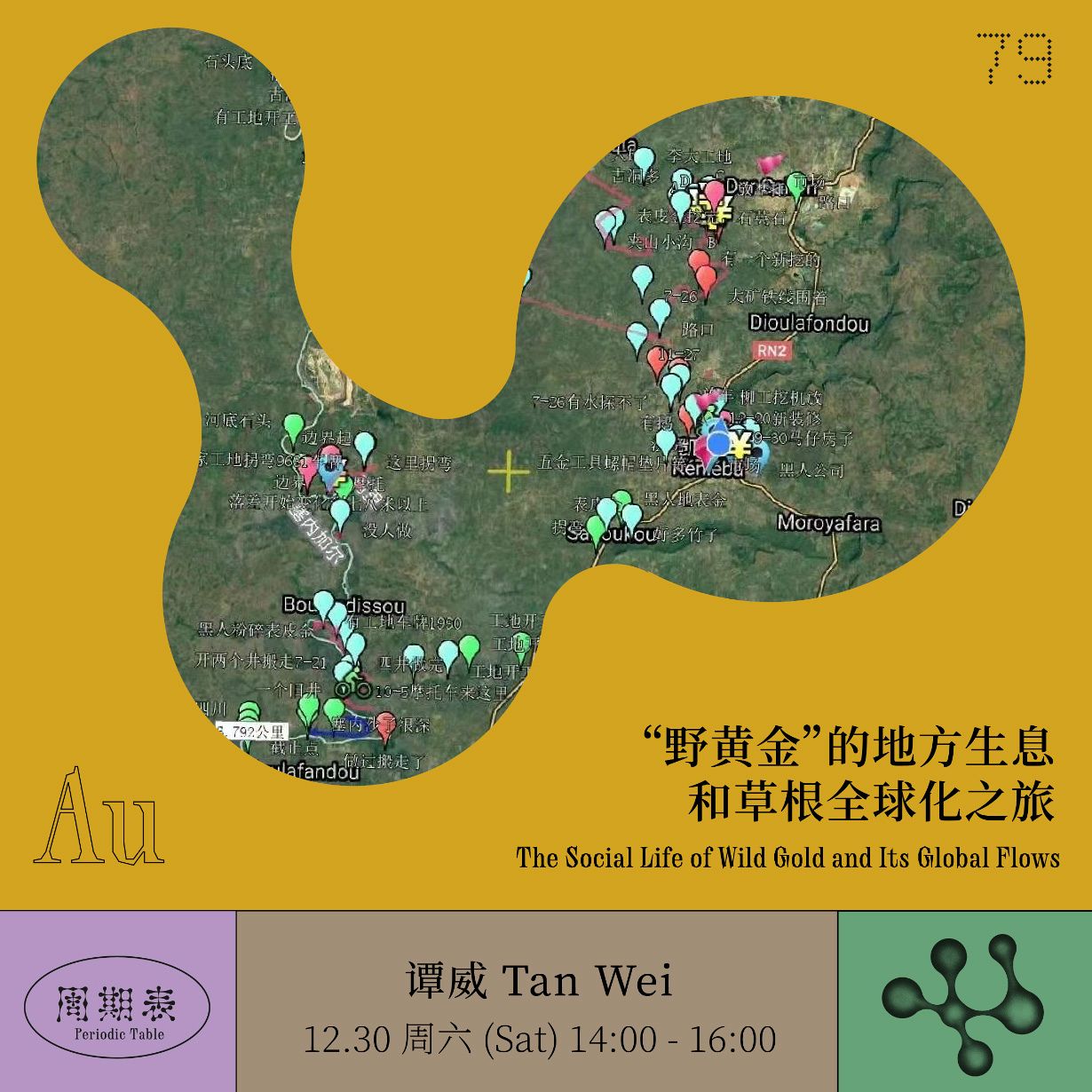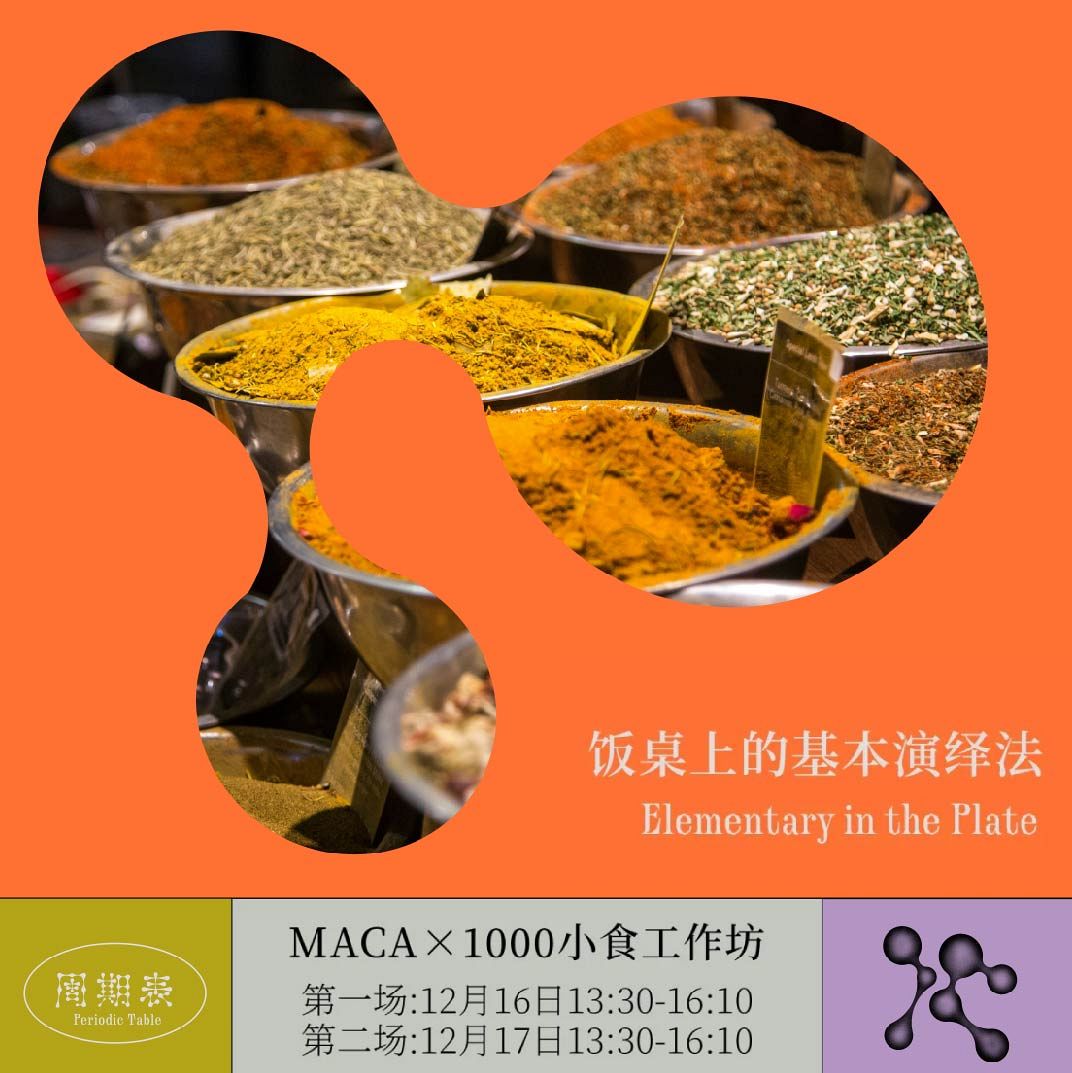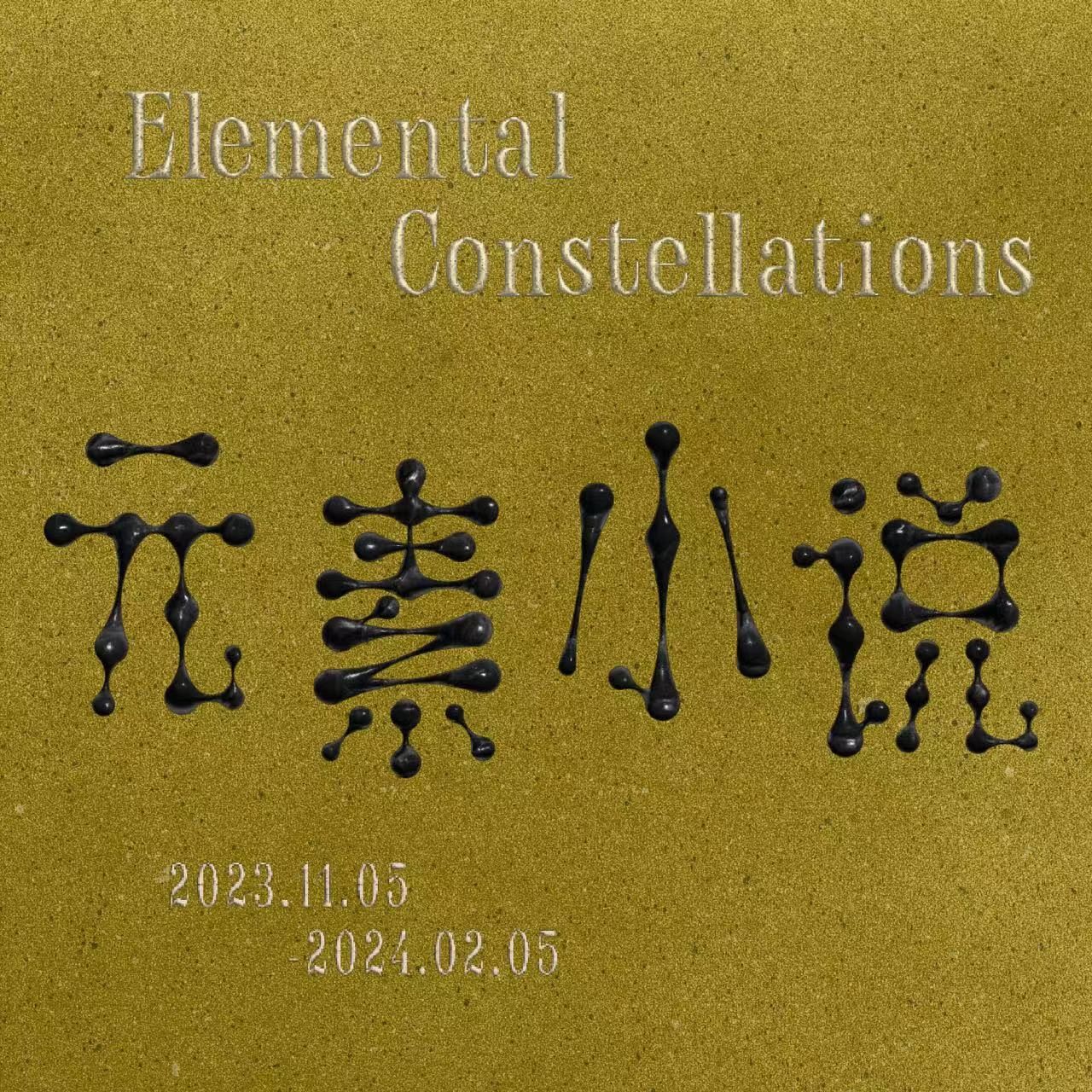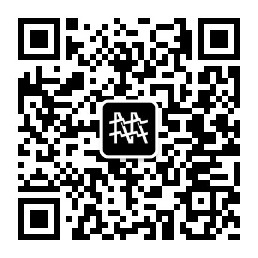 Who Sustains “Survivability”?: Primo Levi, Elements, Levinas
Who Sustains “Survivability”?: Primo Levi, Elements, Levinas
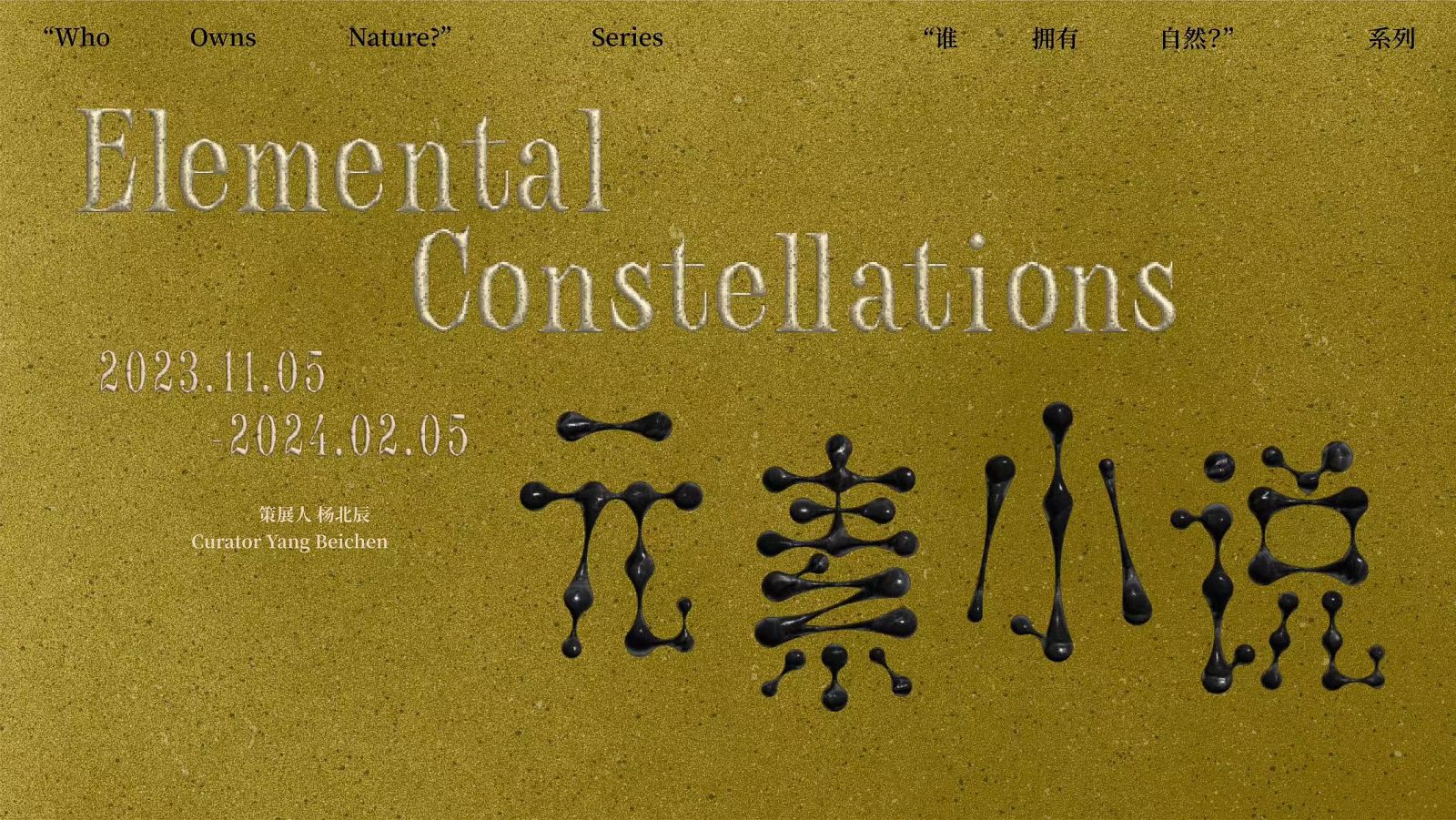
2023.11.05—2024.02.05
Artists: Syahrul Anuar, Ursula Biemann & Mo Diener, Julian Charrière, Ane Graff, Guo Cheng, Louis Henderson, Chia-Wei Hsu, Hanna Ljungh, Otobong Nkanga, Alain Resnais, Riar Rizaldi, Oscar Santillán, Maarten Vanden Eynde & Musasa, Wang Sishun, Zhan Wang.
Curator: Yang Beichen
As we all know, elements are the fundamental units of the world, serving as the basis of all things and life. However, they have also come to symbolize an intangible “nature”, or a certain kind of mythological and magical “science”. Elements may be seen as a “medium” from such perspective, constantly shaping the culture and the technology, whether in the time of Empedocles or Taoism, or after the periodic table having been established. Within the framework of New Materialism, “the elements are as restless as the human imagination,” as Jeffrey Jerome Cohen notes. This restlessness is not only rooted in chemical or industrial processes but also tied to various alternative ontologies and cosmologies from the pre-Socratic period to the modern age.
In the era of ecological crisis, we are noticing the dynamic entanglements between seemingly separate entities, and many of these once invisible connections can be traced back to the elemental level. Passive, inert and non- intervening elements are at the same time active, vibrant, and even destructive. As a machine that mixes object, body, and power, elements transcend various entities, from the inorganic to the organic, from the environment to life, from nature to discourse. The world under such influence is presented as a material assemblage constantly being reconstructed. It is in this context that we, as humans in the Anthropocene, can finally contemplate our embeddedness in the planetary ecology and the possibility of forming alliances with the elements.
Inspired by Primo Levi’s novel The Periodic Table, we seek to activate the narrative and material imagination of elements in the exhibition “Elemental Constellations”, creating their images and sensory values, and thus constructing an alchemical constellation. Continuing the reflection on species in “Multispecies Clouds”, the first chapter of the exhibition series “Who Owns Nature?”, we hope to define the element as an indeterminate, unpredictable, and ever evolving being, not external but intrinsic to us. The exhibition is akin to a “parliament” as described by Bruno Latour, an assembly between humans and non-humans, a debate between different cosmologies. As nature gradually reduces to lifeless resources due to colonialism and extractivism, we, in the name of “elemental poetics”, attempt to reinvent the emotions and justice related to water, fire, land, and minerals.
“Elemental Constellations” is curated by Yang Beichen, director of MACA, and presented by Huang Wenlong and the Exhibition and Research Department. The special public program “Periodic Table” will be launched while “Elemental Constellations” is on view. MACA extends special thanks to Pro Helvetia Shanghai, Swiss Arts Council and Office for Contemporary Art Norway for their support of this exhibition.
"Who Owns Nature?" is a research-based curatorial project with three chapters at MACA.
It must be acknowledged that the answer to "Who Owns Nature?" has been different at every period of history. For an 18th-century Western colonizer, "nature" meant territory and the possessions therein, representing continued appropriation and plunder in the name of "the earth as a common wealth." In the eyes of the homebound or green room-bound naturalists, the exotic flowers and animals that arrived in Europe from the far corners of the world were gifts from God, and all they had to do was to implement nomenclature and taxonomy to sort them out, and integrating "nature" into the knowledge and trade landscape of the empire.
In turn, we discovered that objectifying "nature" led to huge historical debts. We owe something to "nature" precisely because "nature" is seen only as a resource to be transformed and accumulated, and is exploited and expropriated as a pure object until it is exhausted. This is a linear, "progressive" cosmological framework that clearly fails to account for the complex entanglement between us and "nature." In the Anthropocene, we have long been a multiscaled existence, just as "nature" has become a multi-nature at the planetary level, rather than a collection of homogeneous and unchanging entities at the ontological level. "Nature" is both within and beyond us, and our relationship with it is not human versus non-human, but intimately intertwined and interdependent, based on true diversity.
It is precisely in this sense that "Who Owns Nature?" seeks to re-examine our historical debt with "nature" and to explore a new non-linear cosmological model. This is an interdisciplinary and cross-sector project, in which we will work with different artists, scholars and cultural practitioners to stimulate lively and serious discussions on different issues.
Yang Beichen
Dr. Yang Beichen is a researcher and a curator based in Beijing, currently serving as Director of MACA, and Associate Professor at the Central Academy of Drama. Prior to that, he was a senior editor of Artforum.com.cn (2012-2017), a guest researcher at the New Century Art Foundation (NCAF, 2019-2021), and one of the members of the Thought Council at the Fondazione Prada(2021-2023).
His research explores the agency and potentialities of the moving image in the context of contemporary technology and ecology. Utilizing media archaeology as a radical framework, he excavates alternative modernities and reinterprets history and geopolitics from a New Materialist perspective. His curatorial practices grow out of and attest to his multidisciplinary academic approaches. Notable curatorial projects include “New Metallurgists” (Julia Stoschek Collection, Düsseldorf), “Micro-Era” (Kulturforum, Berlin), the Guangzhou Image Triennial 2021 “The Intermingling Flux” (Guangdong Museum of Art, Guangzhou), and “Nathalie Djurberg and Hans Berg: A MOON WRAPPED IN BROWN PAPER” (Prada Rong Zhai, Shanghai), among others.
From 2019 and 2021, he led a three-year research project on Chinese moving image art at NCAF, curating three research-based exhibitions including “Anti-Projection: Media Sculptures in Early Chinese Video Art,” “Embodied Mirror: Performances in Chinese Video Art,” and “Polyphonic Strategies: The Moving Image and its Expanded Field.”
Dr. Yang is currently planning a research-based curatorial project titled “Who Owns Nature?" at MACA. The first chapter, “Multispecies Clouds” was exhibited in the first half of 2023.
He has also contributed critical essays for catalogues featuring artists such as Laure Prouvost, Omer Fast, Antony Gormley, HO Tzu Nyen, Cao Fei, Wang Tuo, among others. His academic monograph, Film as Archive, is forthcoming.
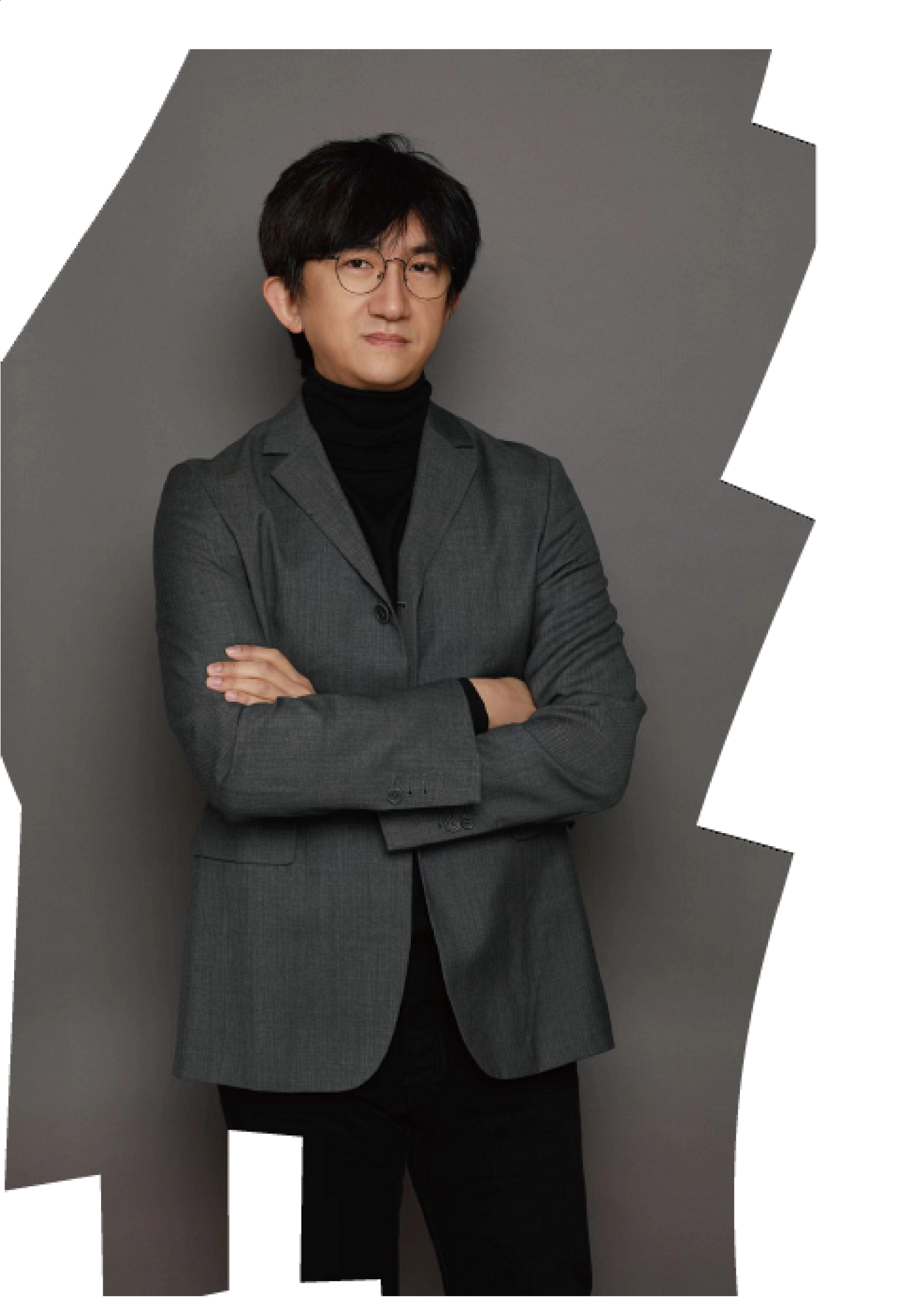

Elemental Constellations, installation view, MACA, 2023. Photo: Yang Hao
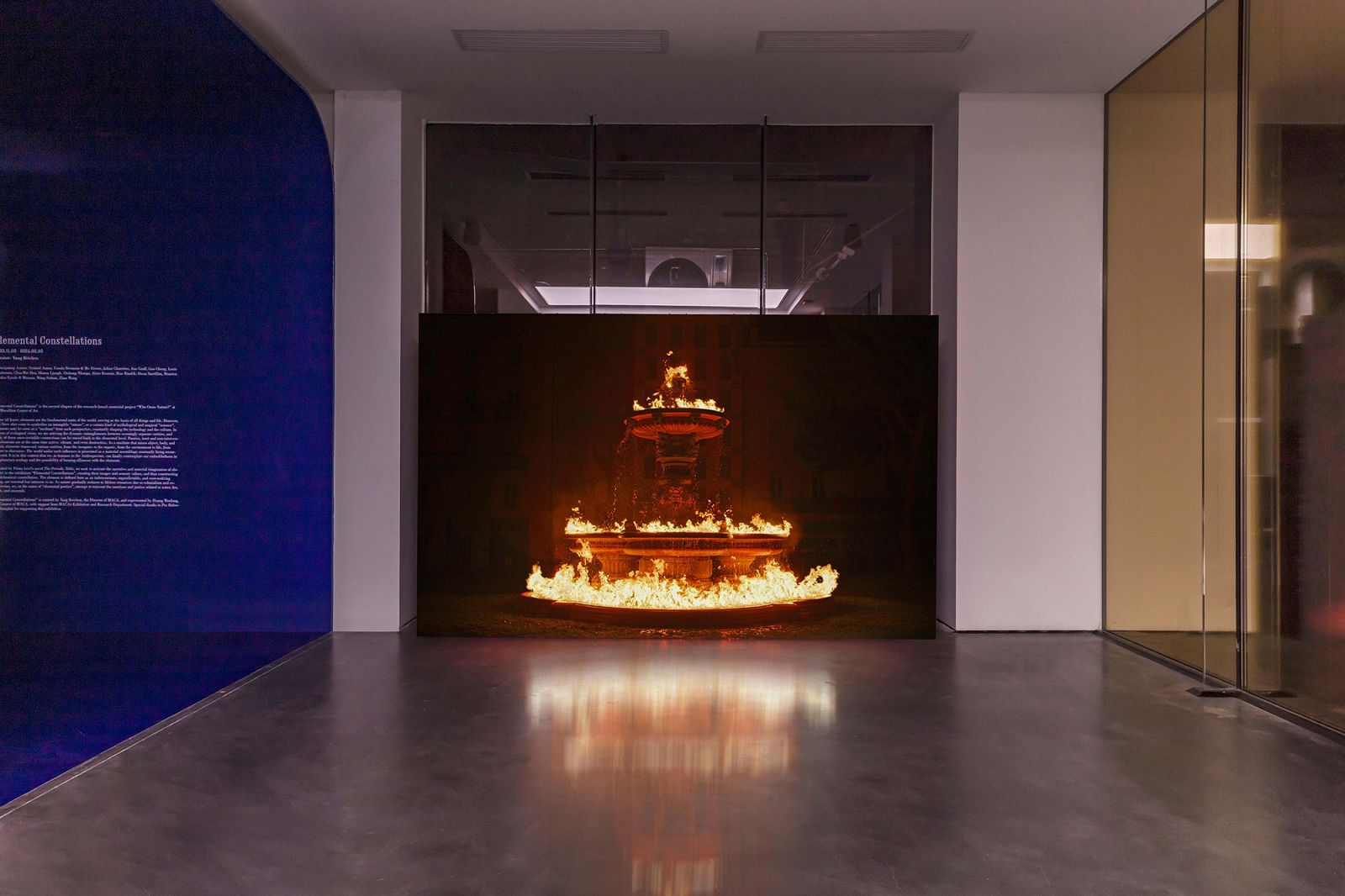
Julian Charrière, And Beneath It All Flows Liquid Fire, 2019, UHD video, sound, 11 min 13 sec. Elemental Constellations, installation view, MACA, 2023. Photo: Yang Hao
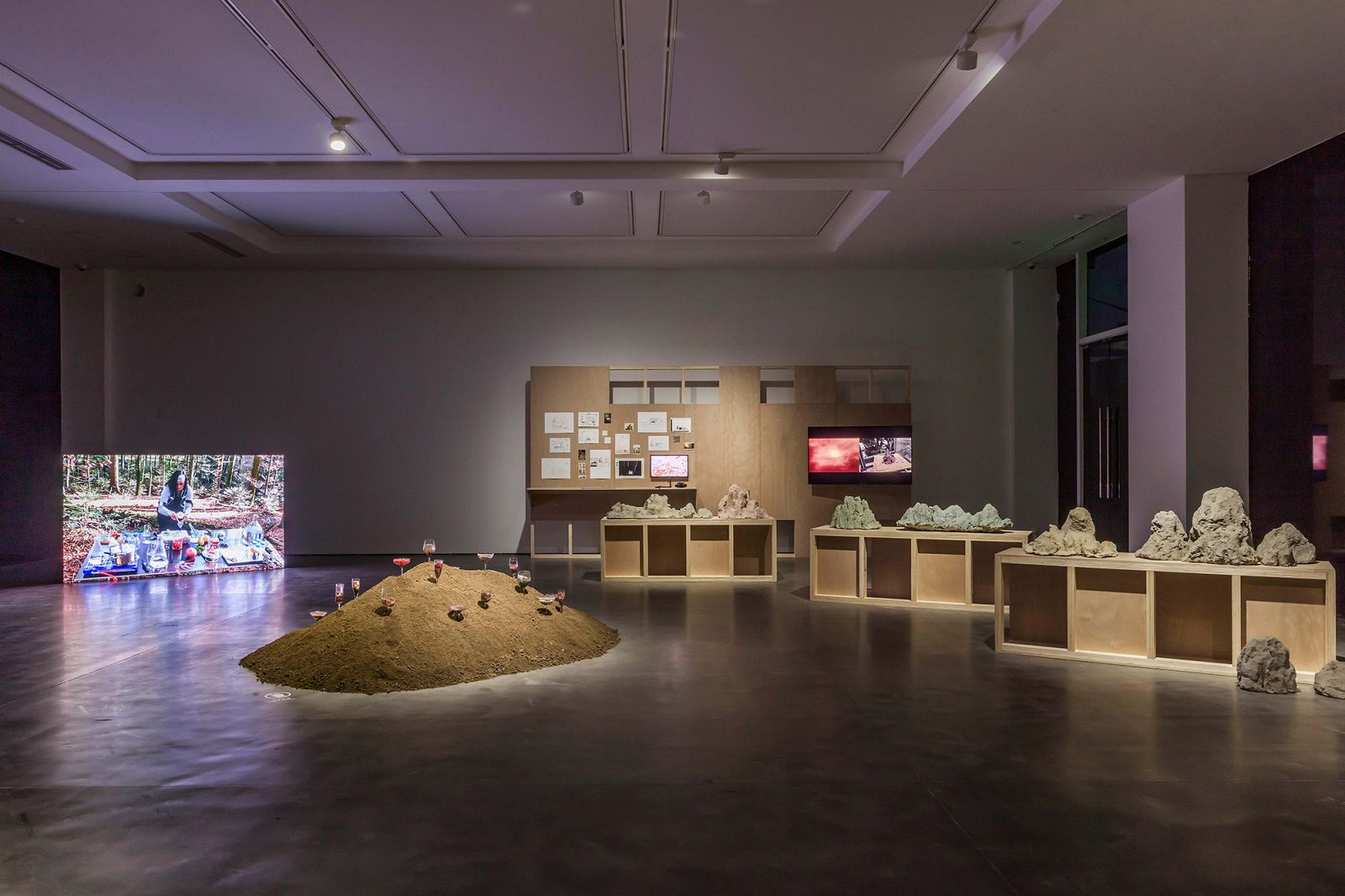
Elemental Constellations, installation view, MACA, 2023. Photo: Yang Hao
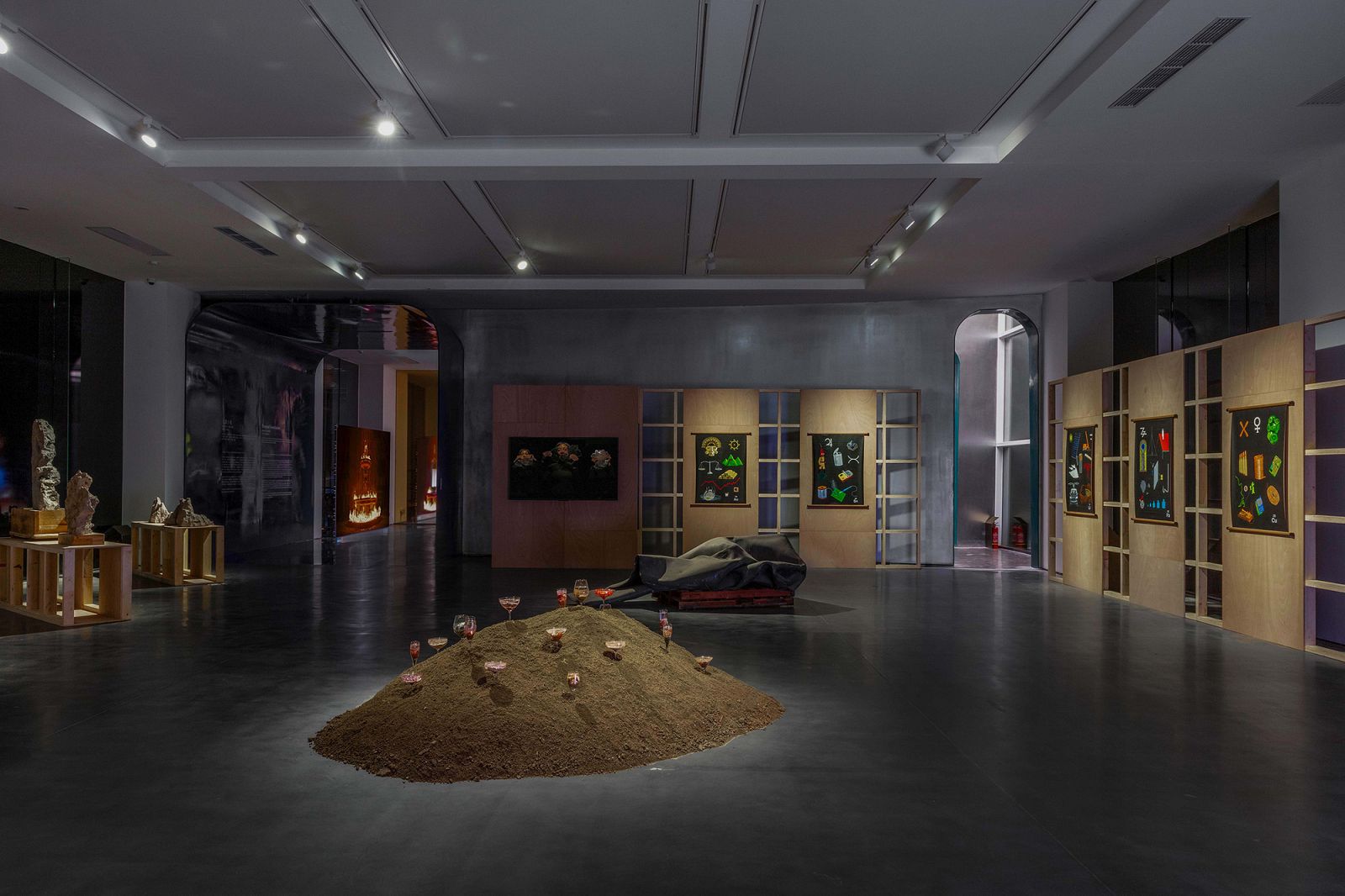
Elemental Constellations, installation view, MACA, 2023. Photo: Yang Hao
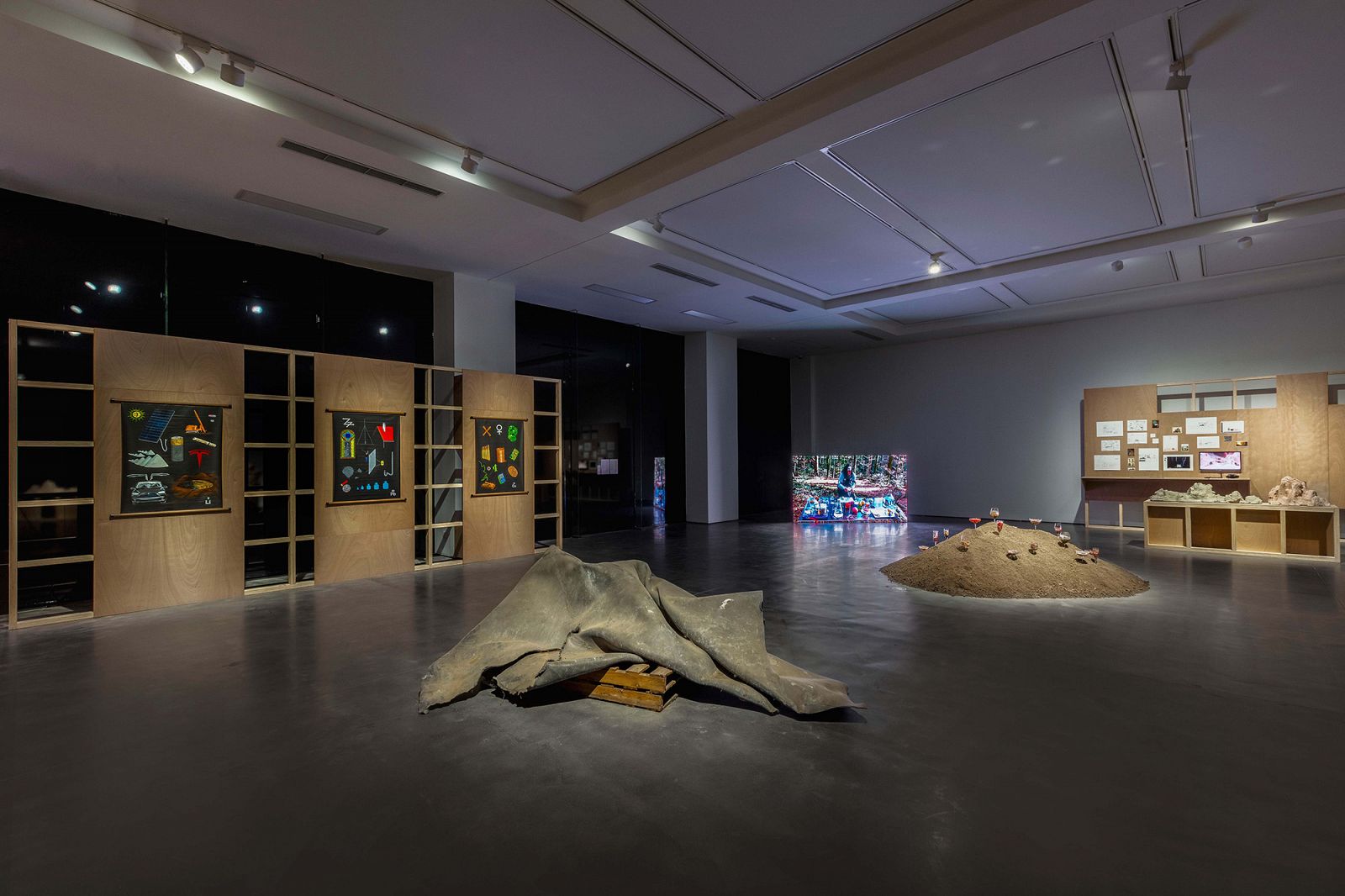
Elemental Constellations, installation view, MACA, 2023. Photo: Yang Hao
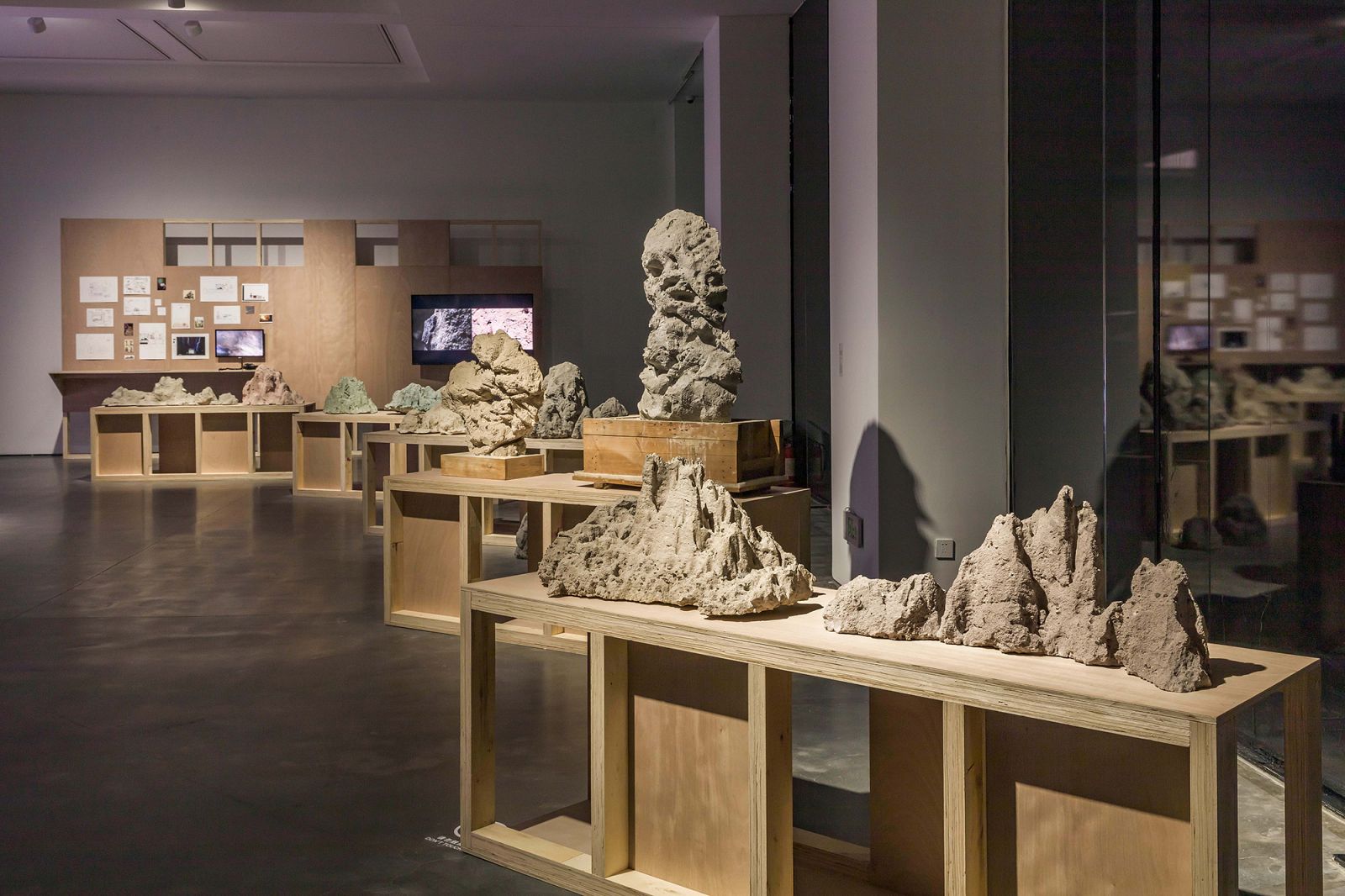
Zhan Wang, Suyuan Stone Generator, 2010, Sculptural installation, dimensions variable. Elemental Constellations, installation view, MACA, 2023. Photo: Yang Hao
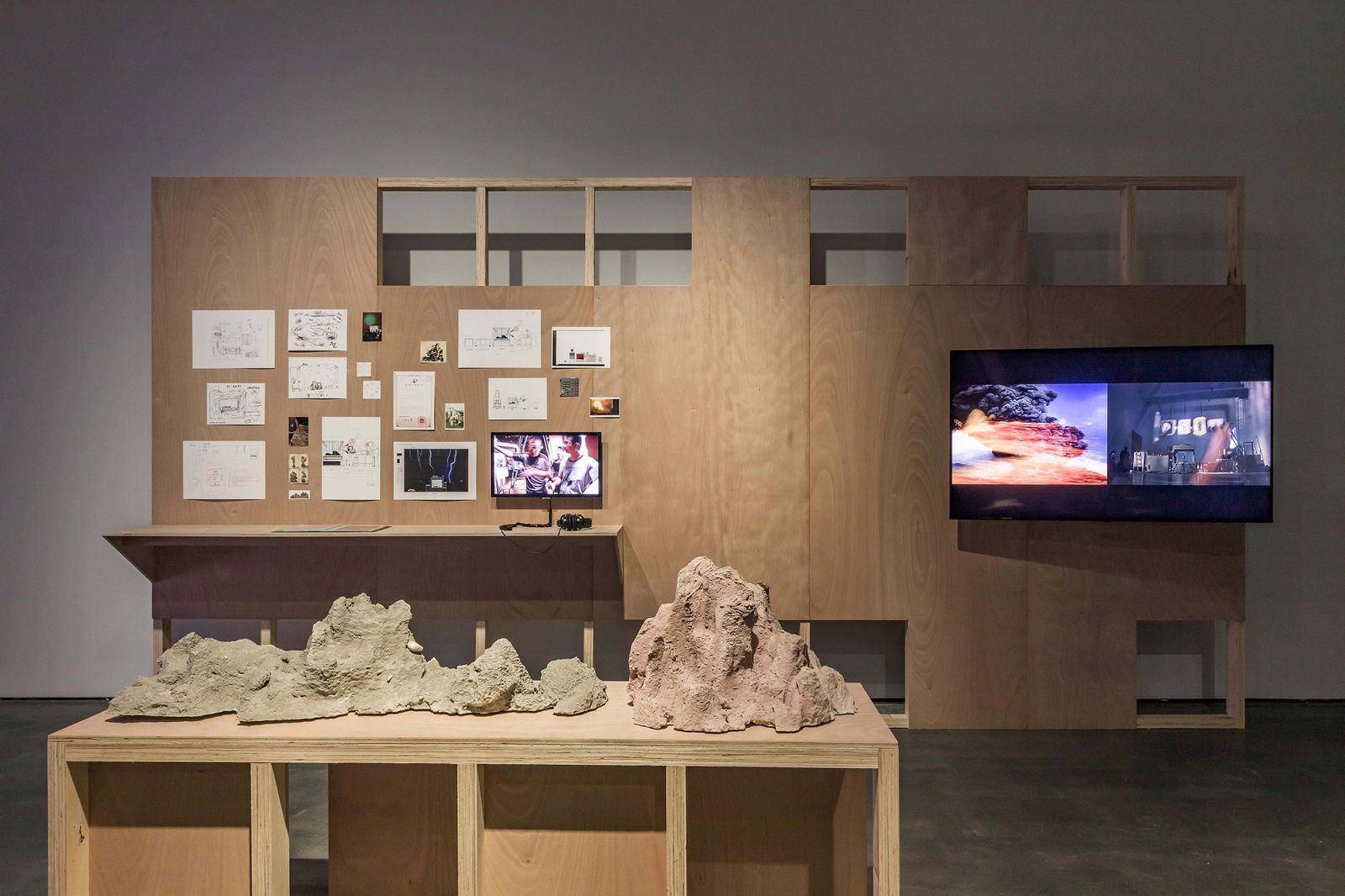
Zhan Wang, Suyuan Stone Generator, 2010, Sculptural installation, dimensions variable. Elemental Constellations, installation view, MACA, 2023. Photo: Yang Hao
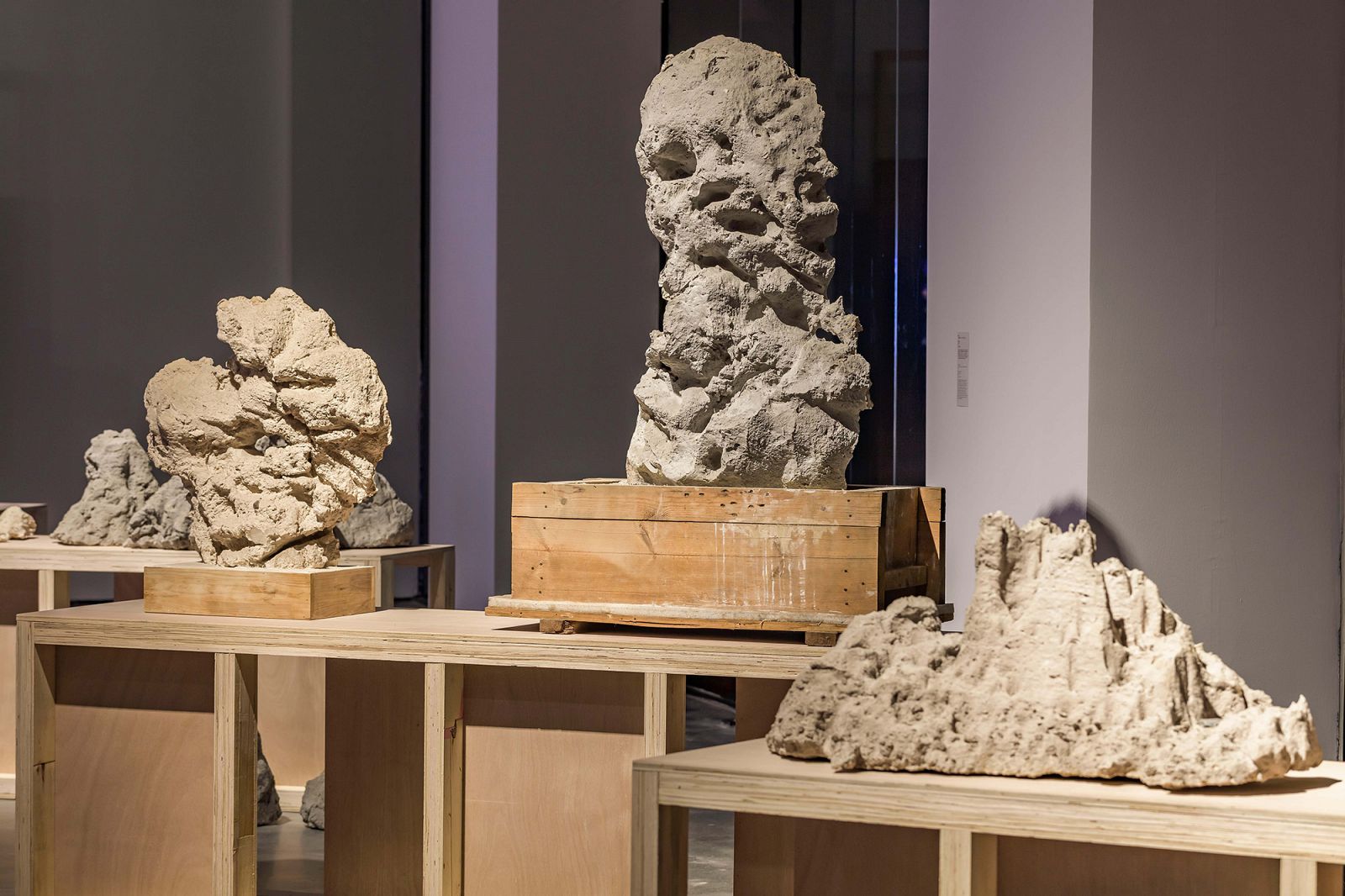
Zhan Wang, Suyuan Stone Generator, 2010, Sculptural installation, dimensions variable. Elemental Constellations, installation view, MACA, 2023. Photo: Yang Hao
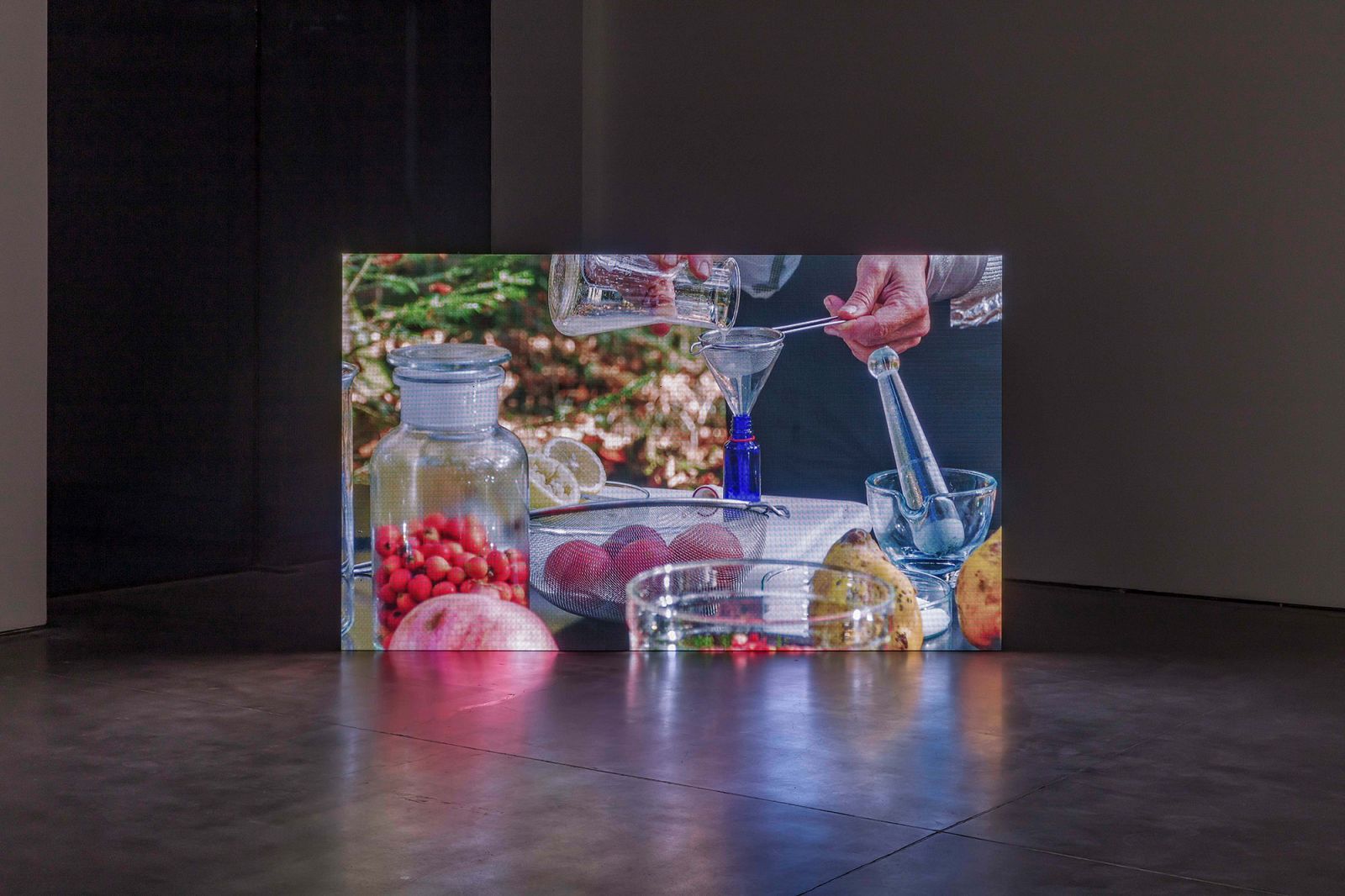
Ursula Biemann & Mo Diener, Twenty-One Percent Single-channel video, 2016,sound, 17 min 15 sec. Elemental Constellations, installation view, MACA, 2023. Photo: Yang Hao
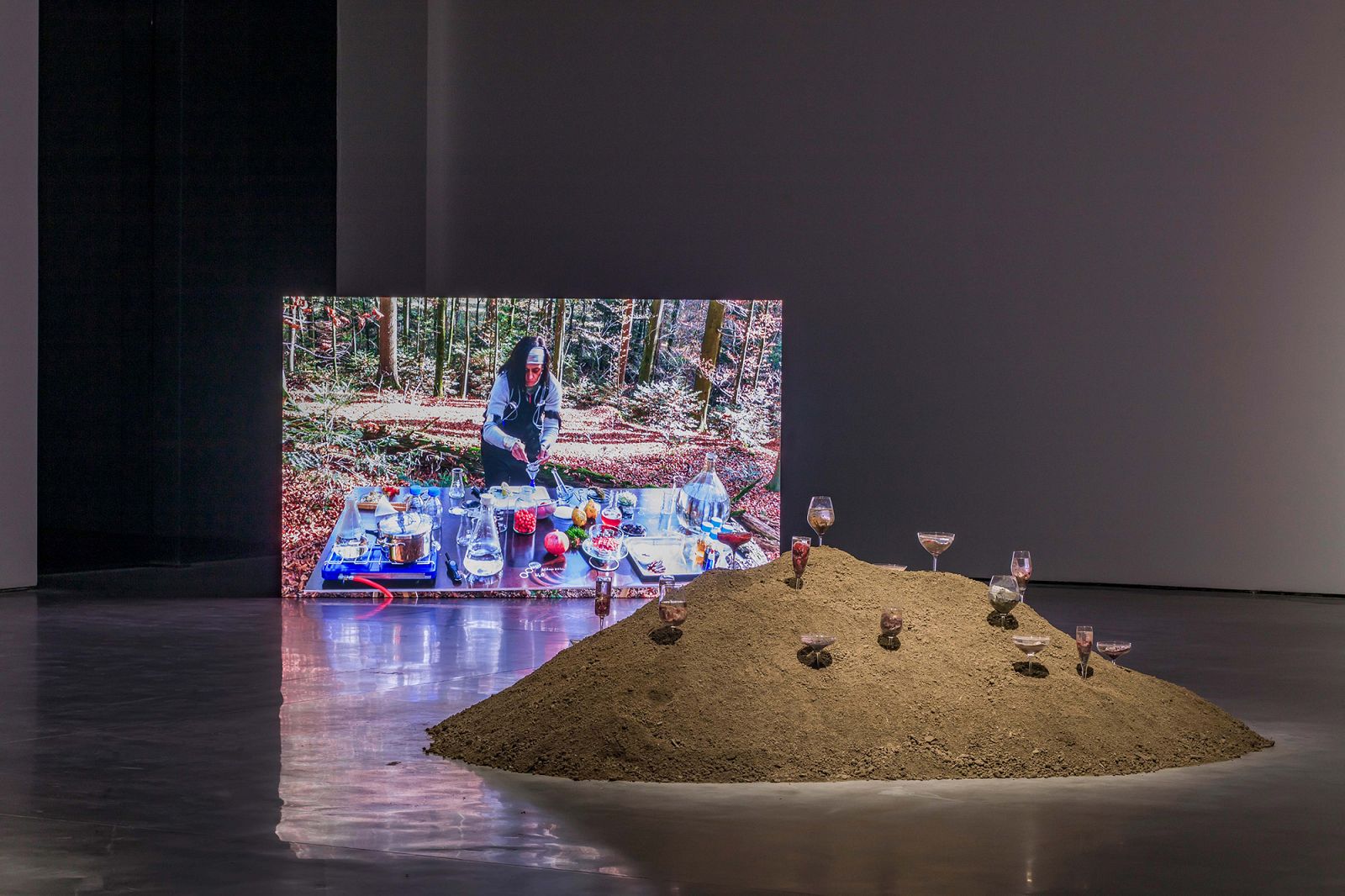
Elemental Constellations, installation view, MACA, 2023. Photo: Yang Hao
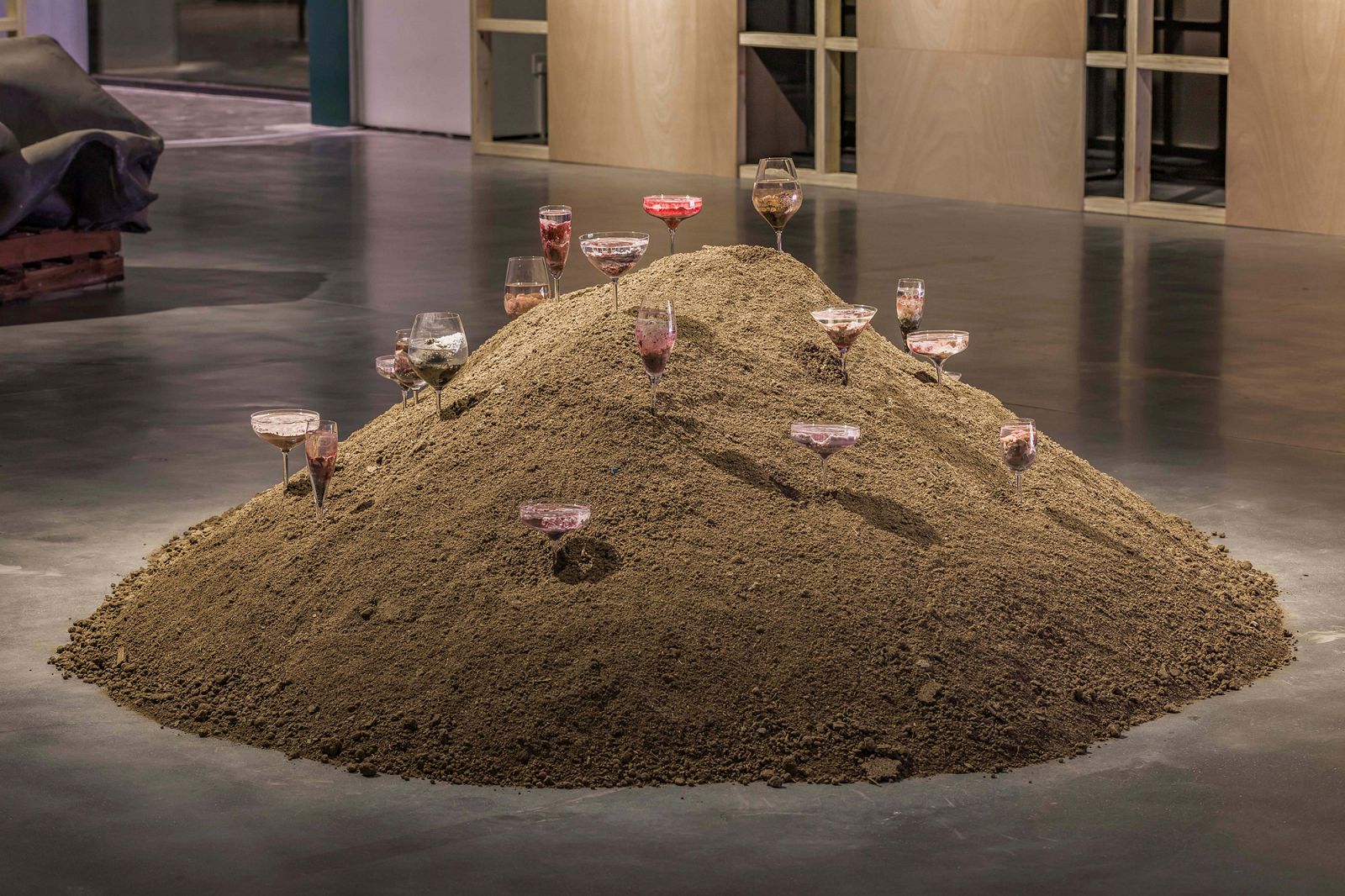
Ane Graff, The Loss of Memory with Other Losses, 2023. Soil, glass, dimensions variable. Elemental Constellations, installation view, MACA, 2023. Photo: Yang Hao

Ane Graff, The Loss of Memory with Other Losses, 2023. Soil, glass, dimensions variable. Elemental Constellations, installation view, MACA, 2023. Photo: Yang Hao
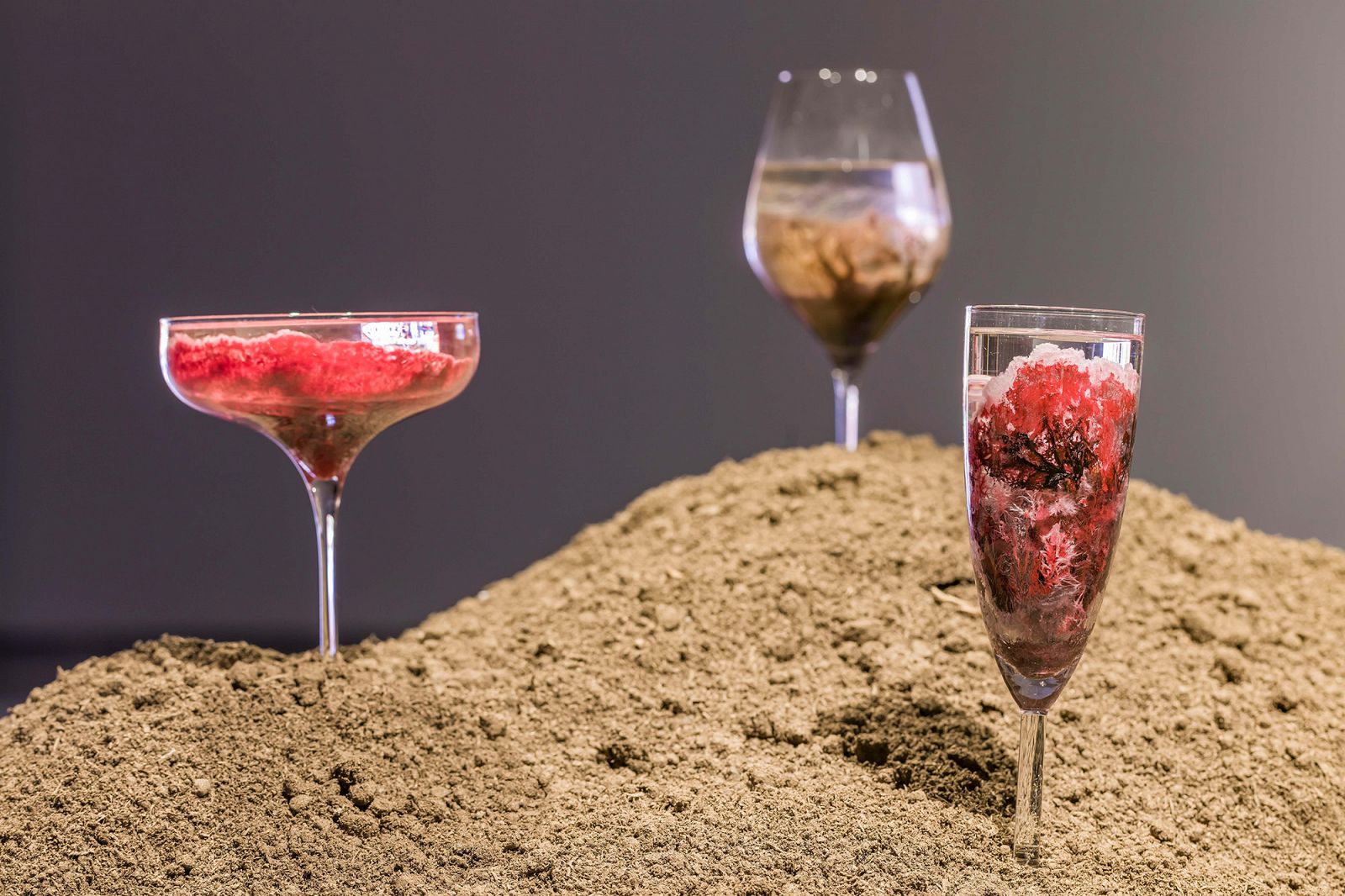
Ane Graff, The Loss of Memory with Other Losses, 2023. Soil, glass, dimensions variable. Elemental Constellations, installation view, MACA, 2023. Photo: Yang Hao
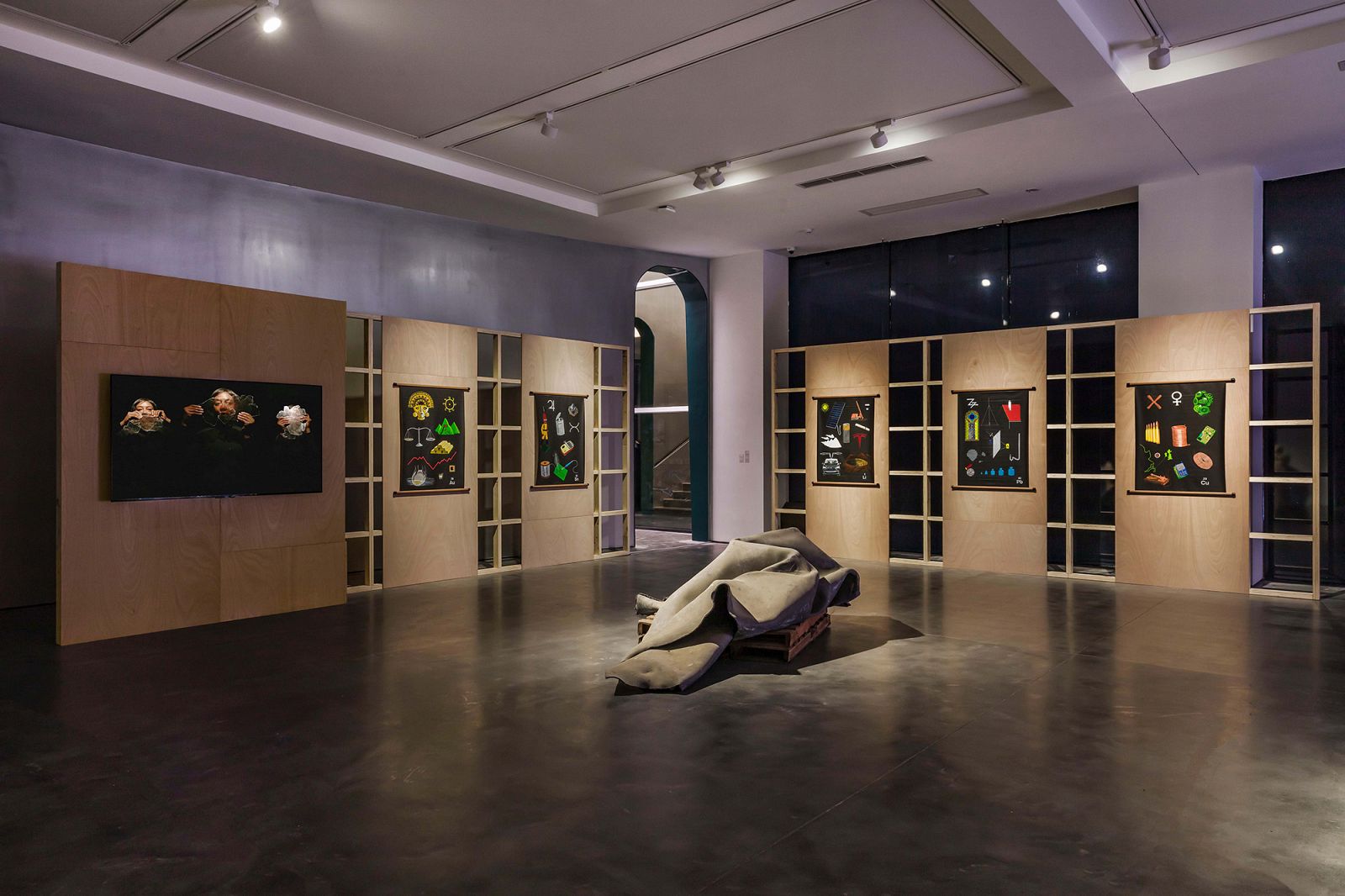
Elemental Constellations, installation view, MACA, 2023. Photo: Yang Hao
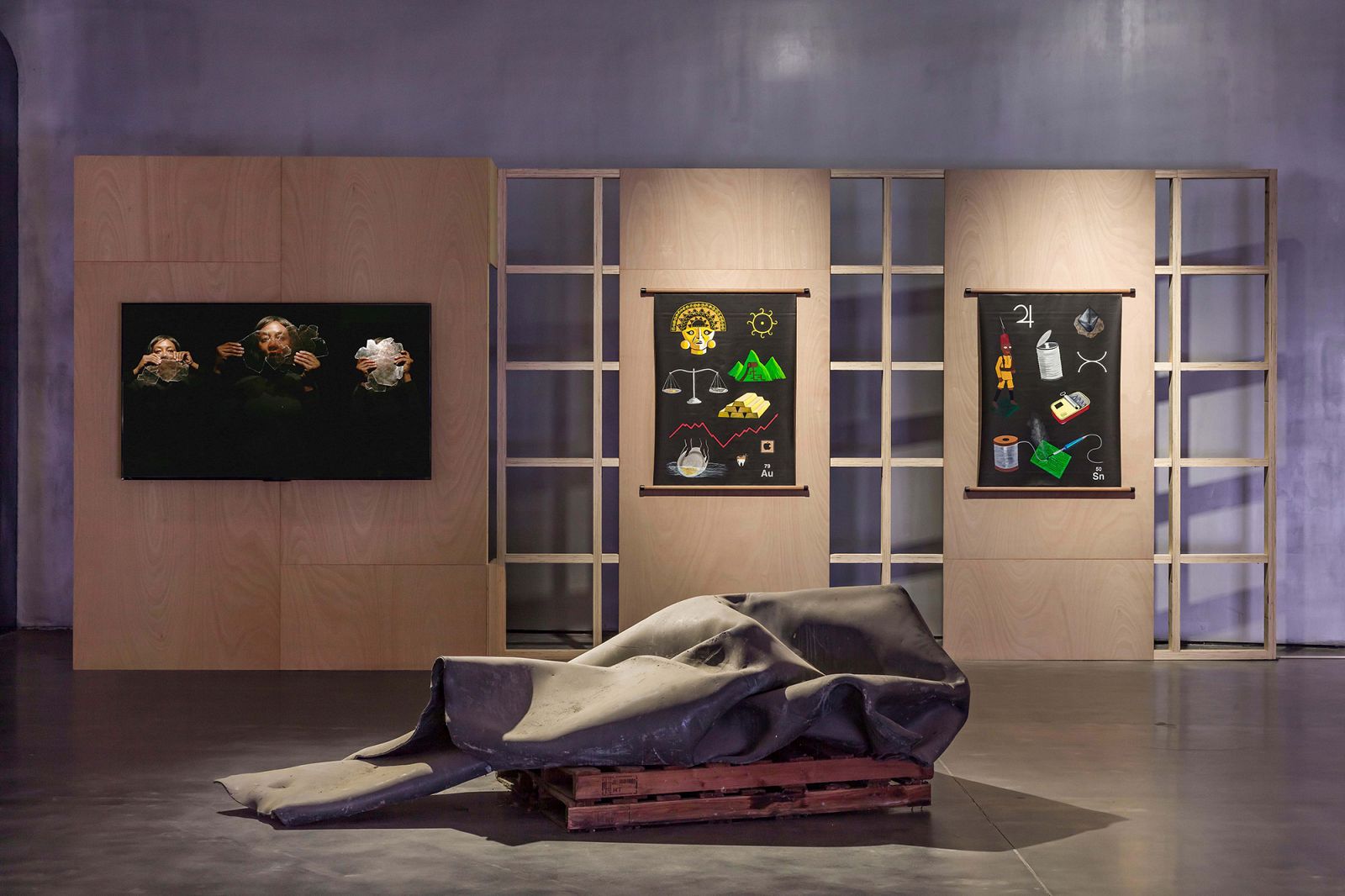
Elemental Constellations, installation view, MACA, 2023. Photo: Yang Hao
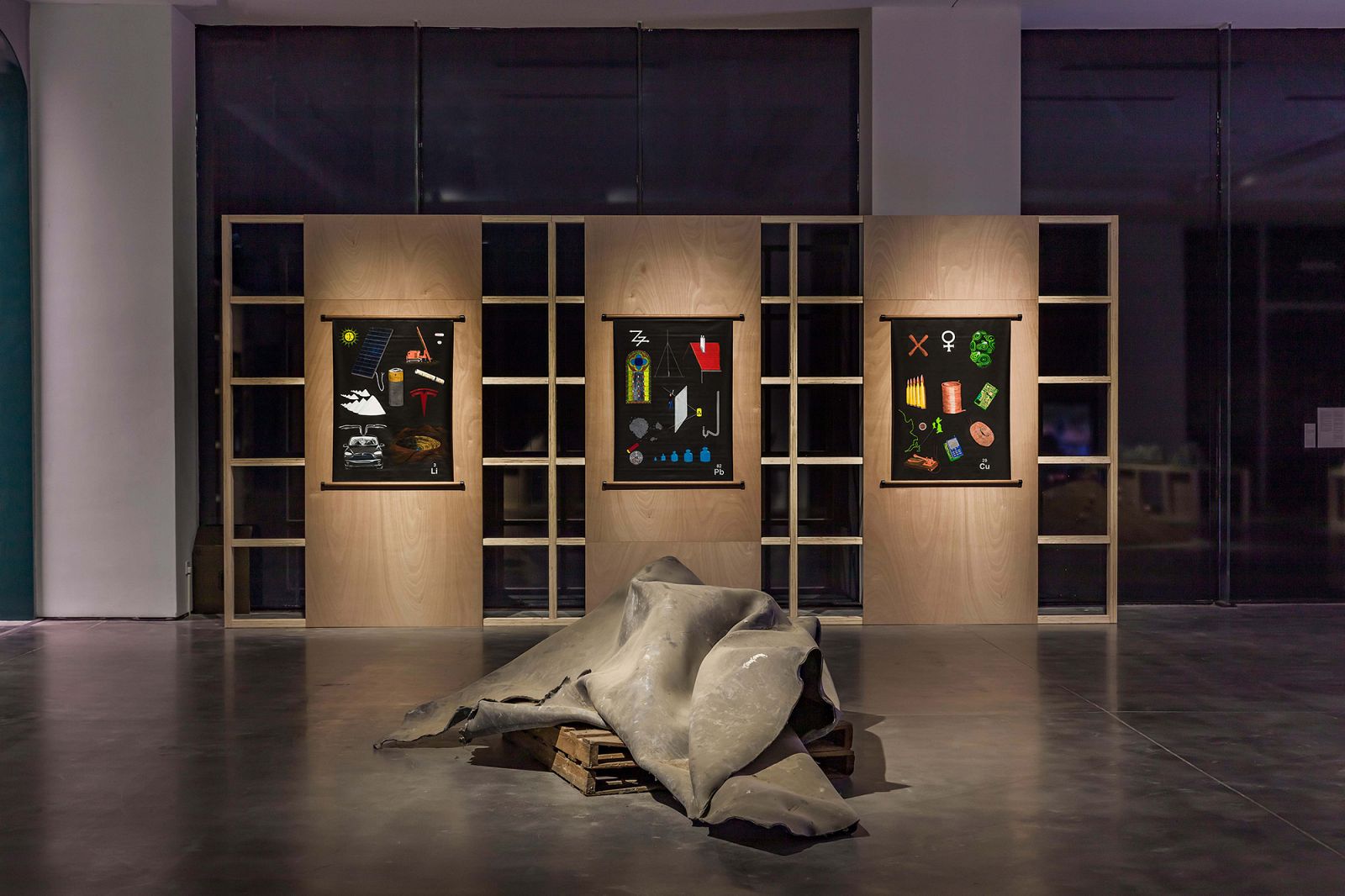
Elemental Constellations, installation view, MACA, 2023. Photo: Yang Hao
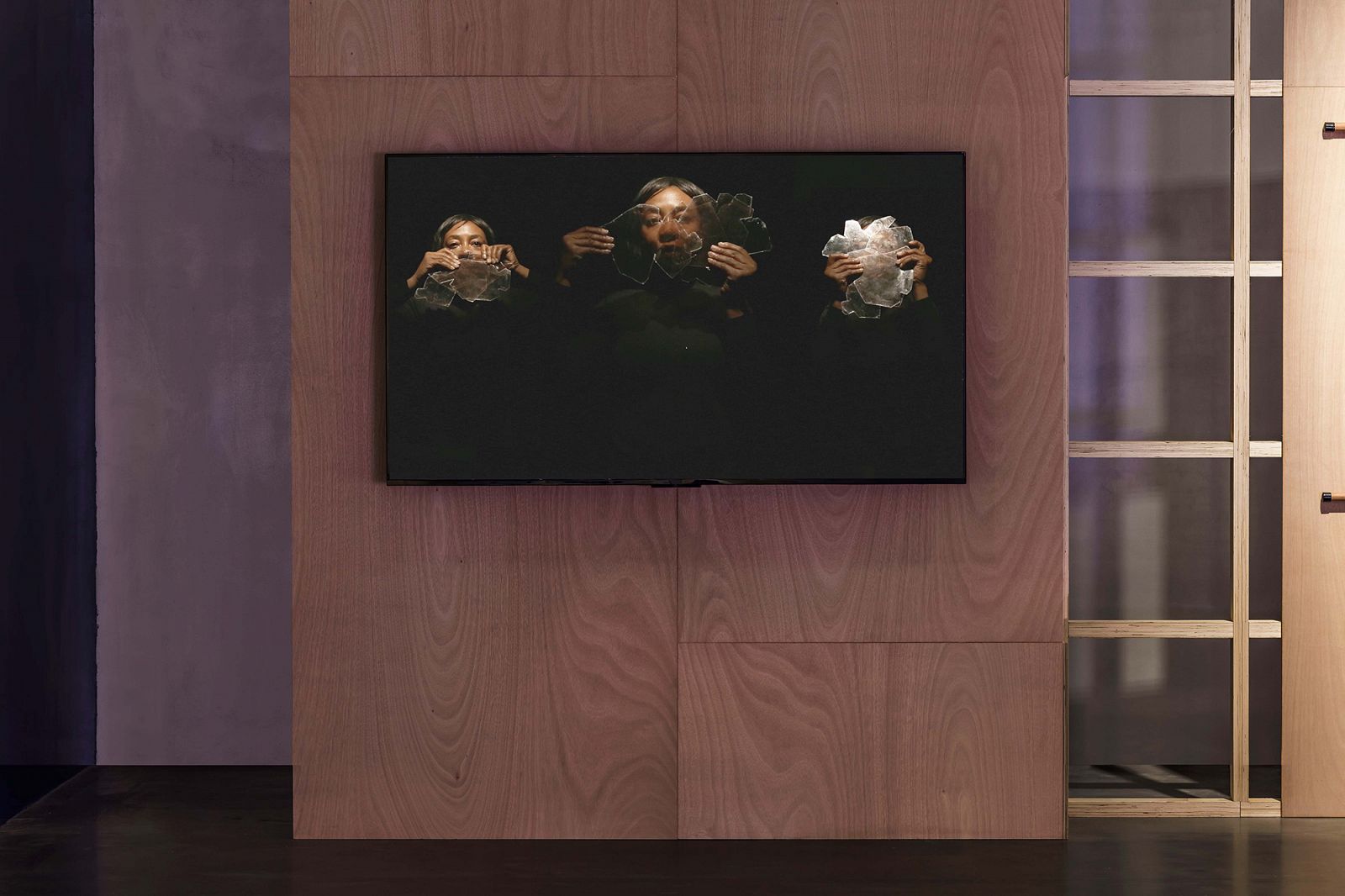
Otobong Nkanga, In Pursuit of Bling, 2014. Single-channel HD video, sound, 11 min 59 sec. Elemental Constellations, installation view, MACA, 2023. Photo: Yang Hao
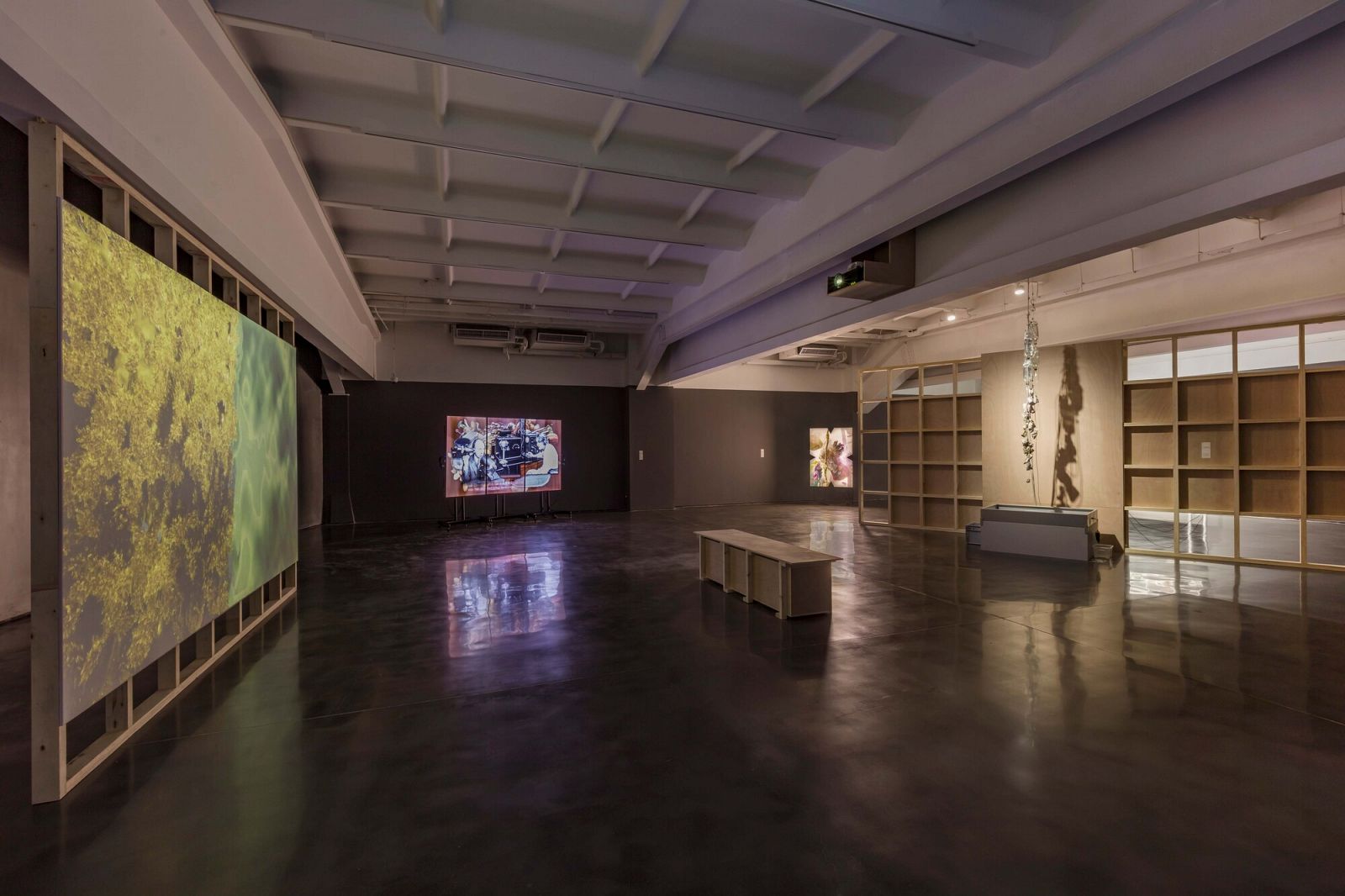
Elemental Constellations, installation view, MACA, 2023. Photo: Yang Hao
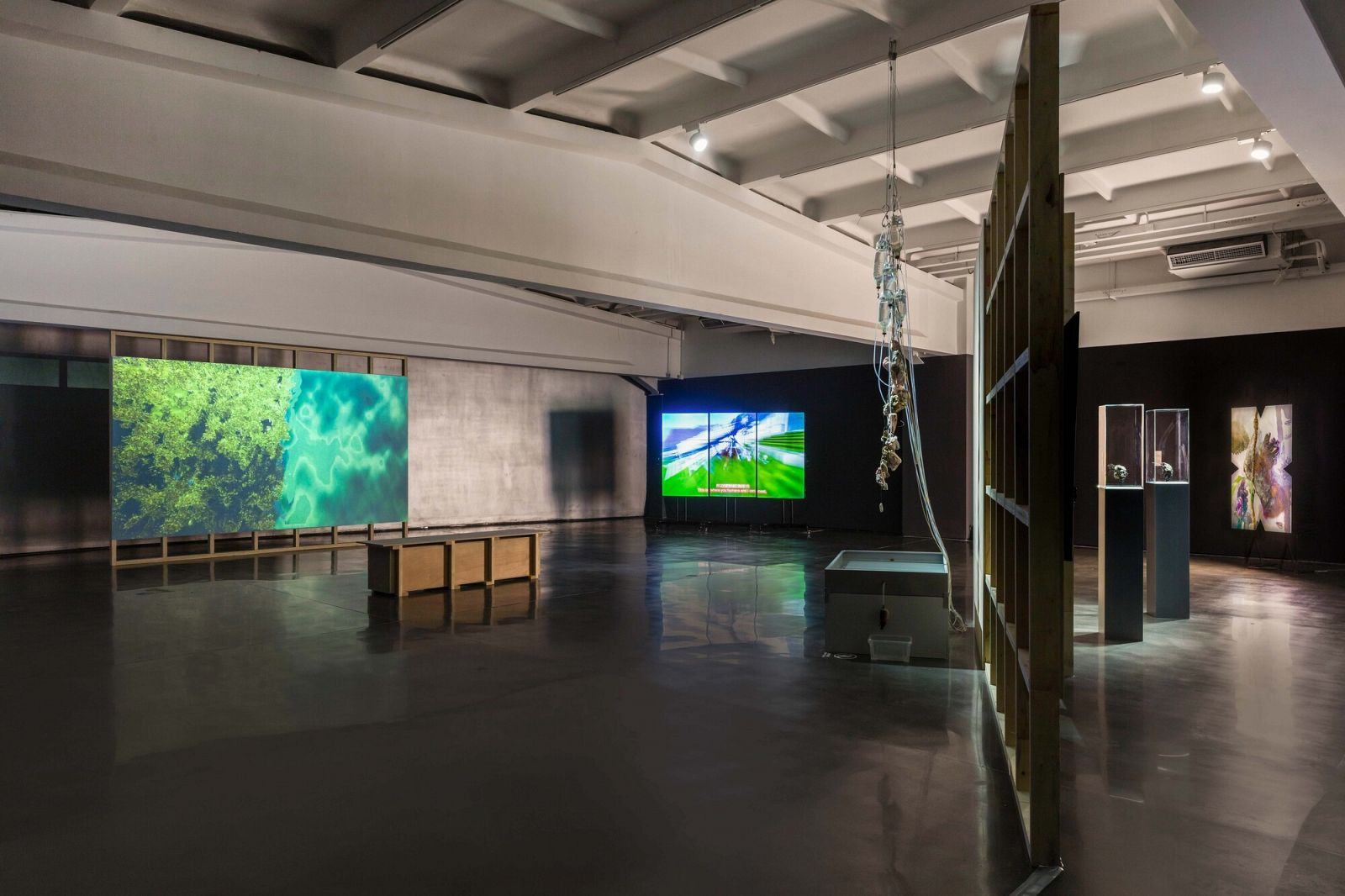
Elemental Constellations, installation view, MACA, 2023. Photo: Yang Hao
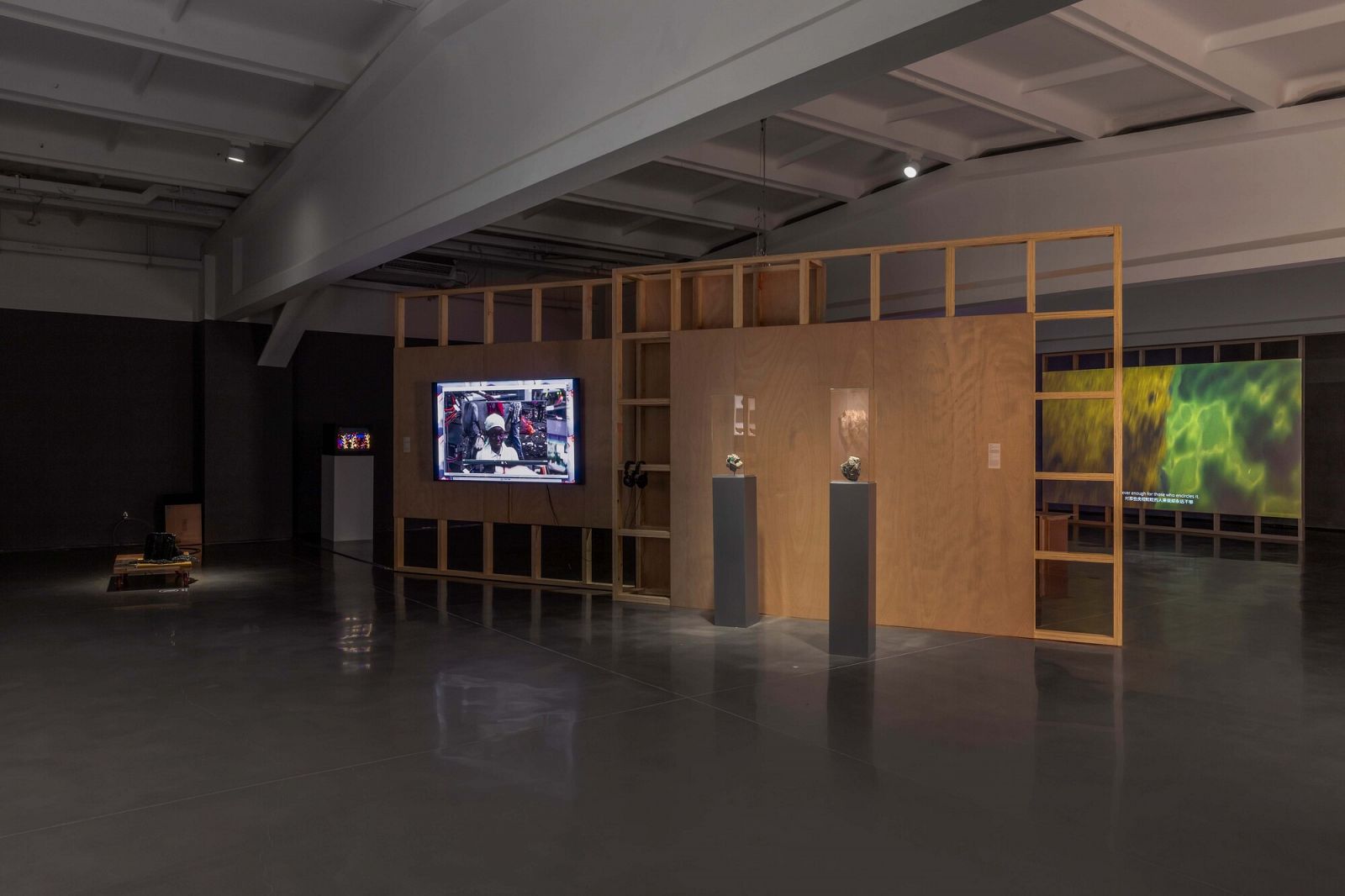
Elemental Constellations, installation view, MACA, 2023. Photo: Yang Hao
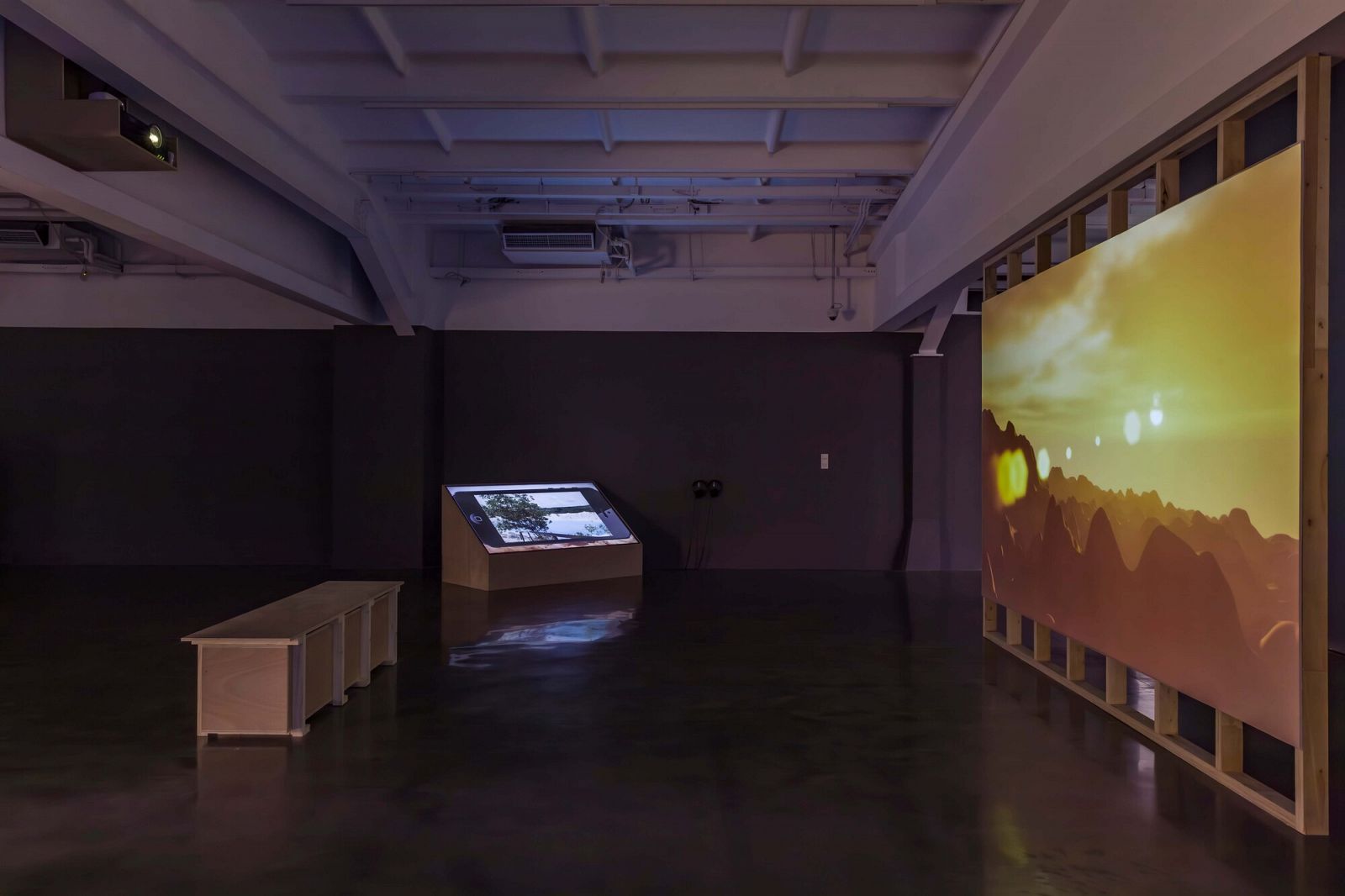
Elemental Constellations, installation view, MACA, 2023. Photo: Yang Hao
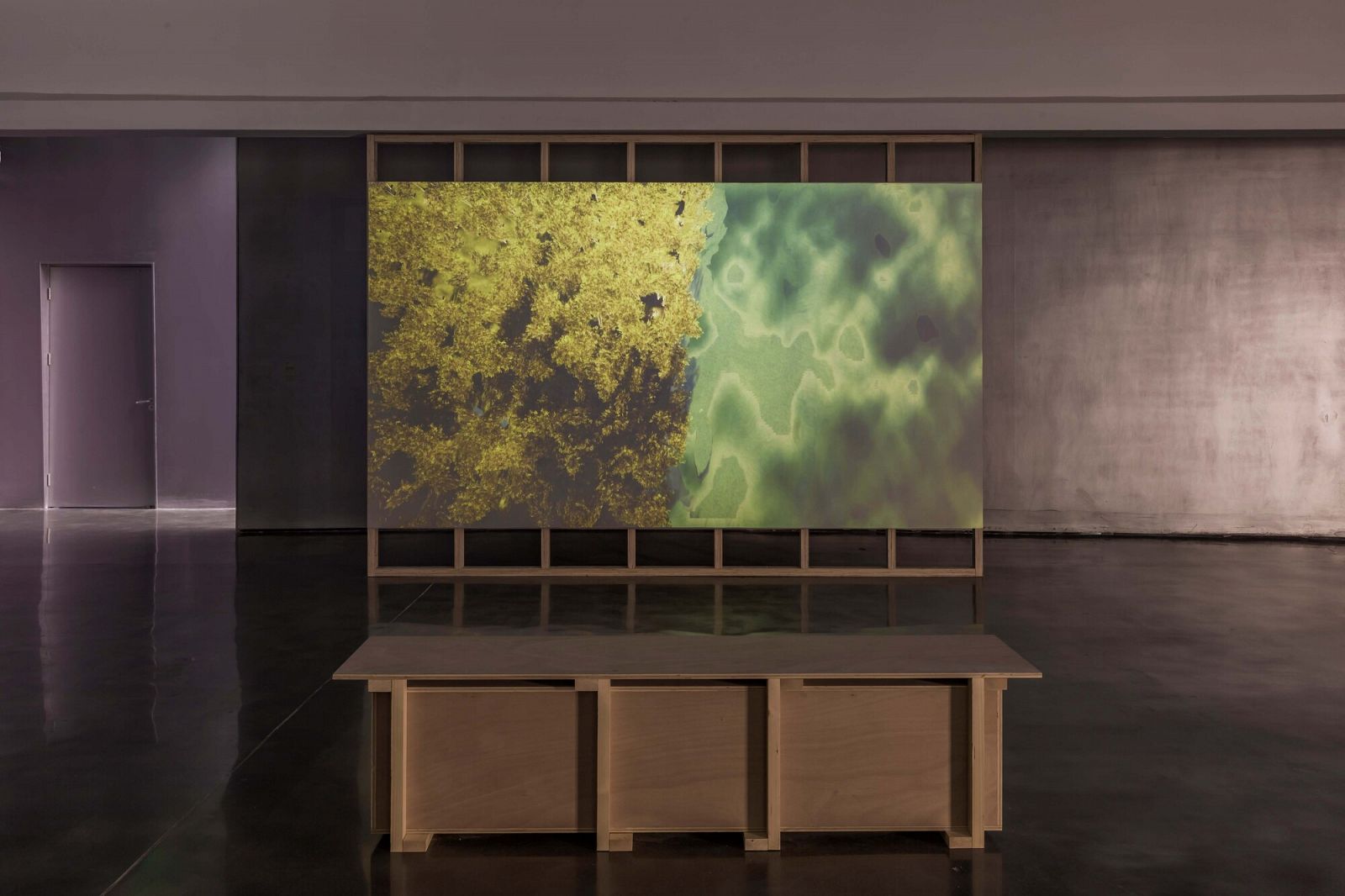
Syahrul Anuar, The Only Constant Is an Asymptotic Landscape, 2022, video installation, 20 min. Elemental Constellations, installation view, MACA, 2023. Photo: Yang Hao
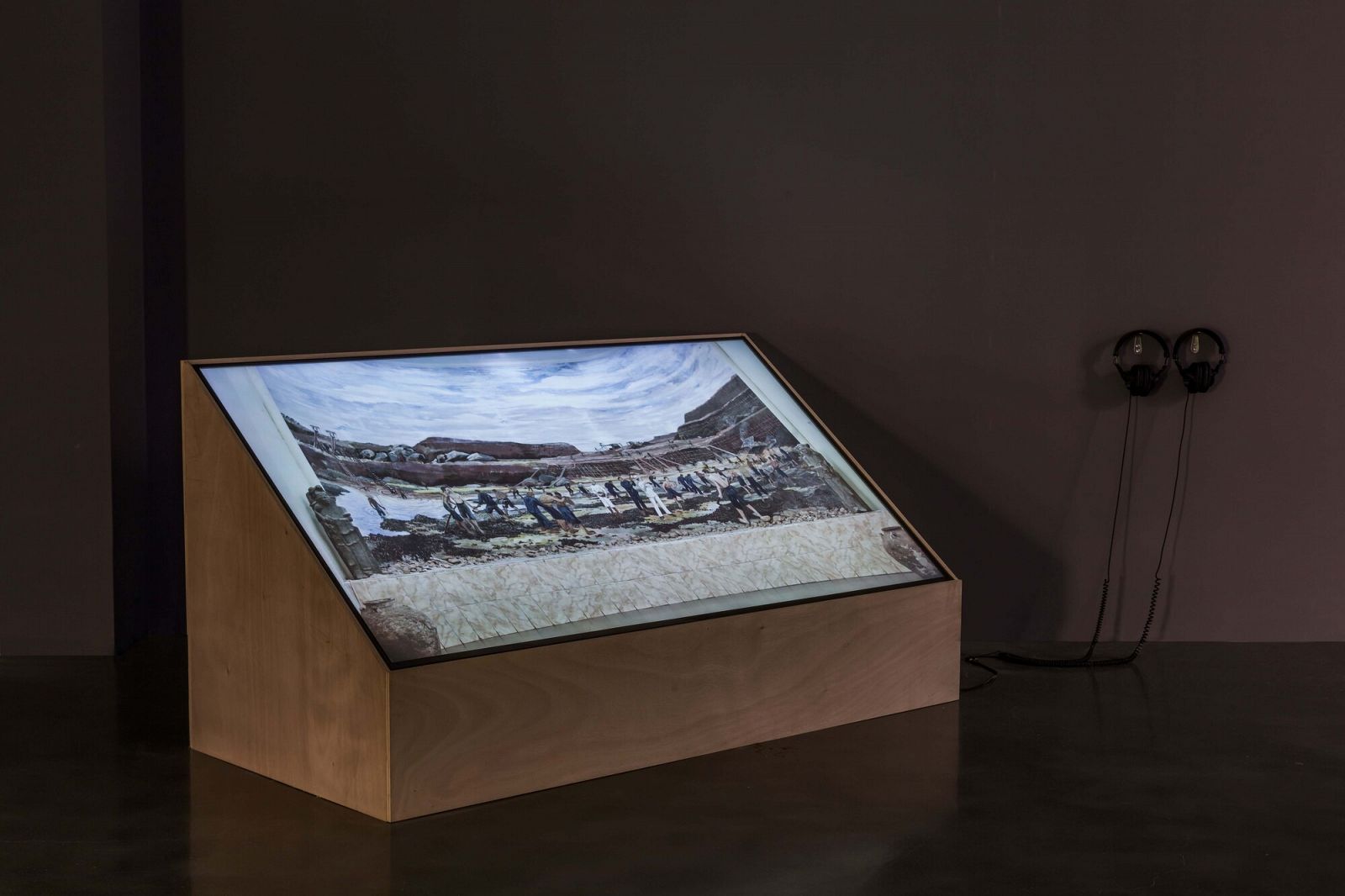
Riar Rizaldi, Kasiterit, Single-channel full HD video, 2019, sound,18 min 16 sec. Elemental Constellations, installation view, MACA, 2023. Photo: Yang Hao
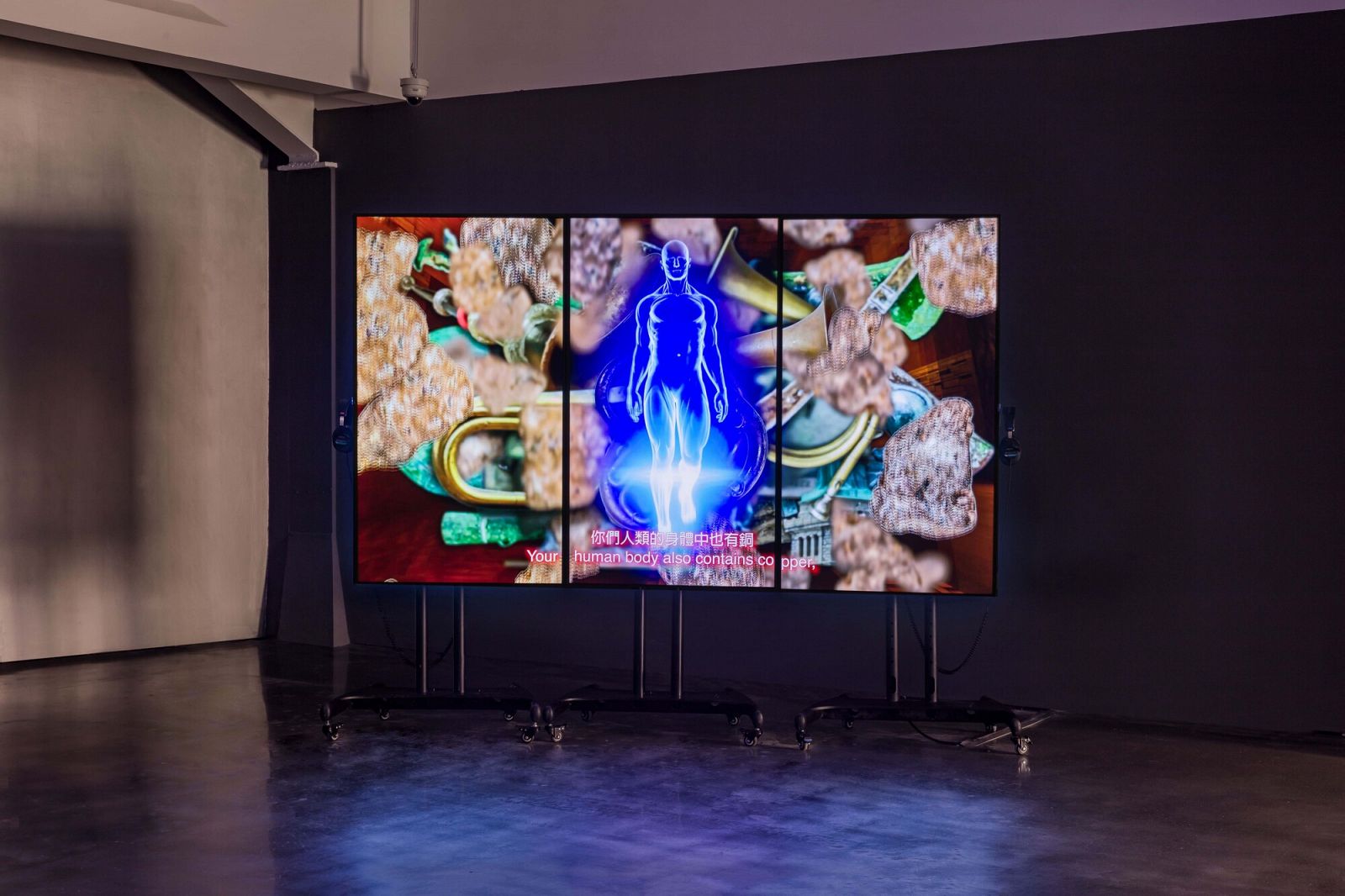
Chia-Wei Hsu, Mineral Crafts Three-channel video, 2018, sound, 9 min 52 sec, Commissioned by Gold Museum, New Taipei City. Elemental Constellations, installation view, MACA, 2023. Photo: Yang Hao
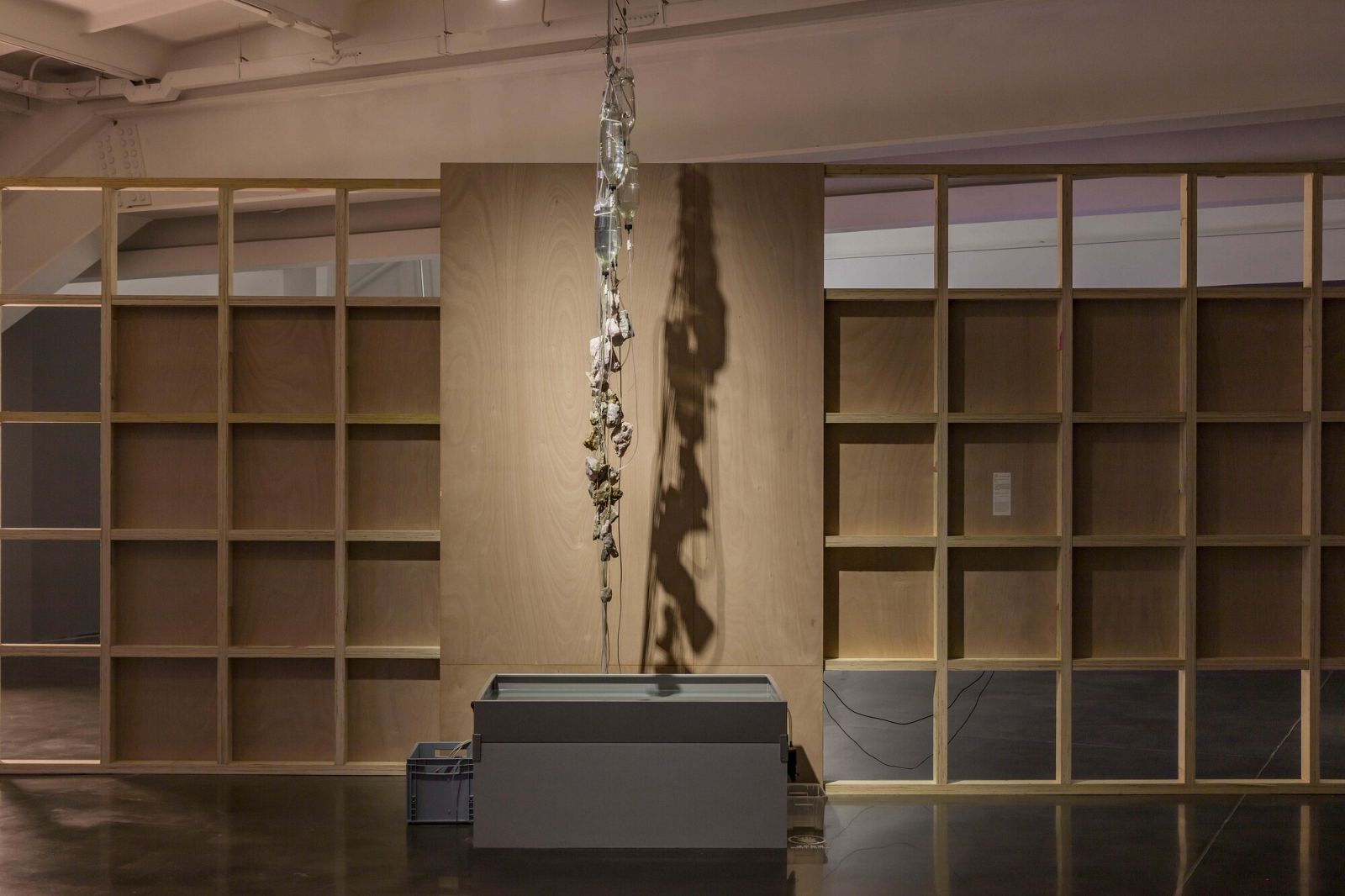
Hanna Ljungh, The Health Spring: DIY Petalite Lithium Generator - Erosion Sculpture, 2022, Petalite, pegmatite, metal containers, plastic bottles, hoses, pumps, dimensions variable. Elemental Constellations, installation view, MACA, 2023. Photo: Yang Hao
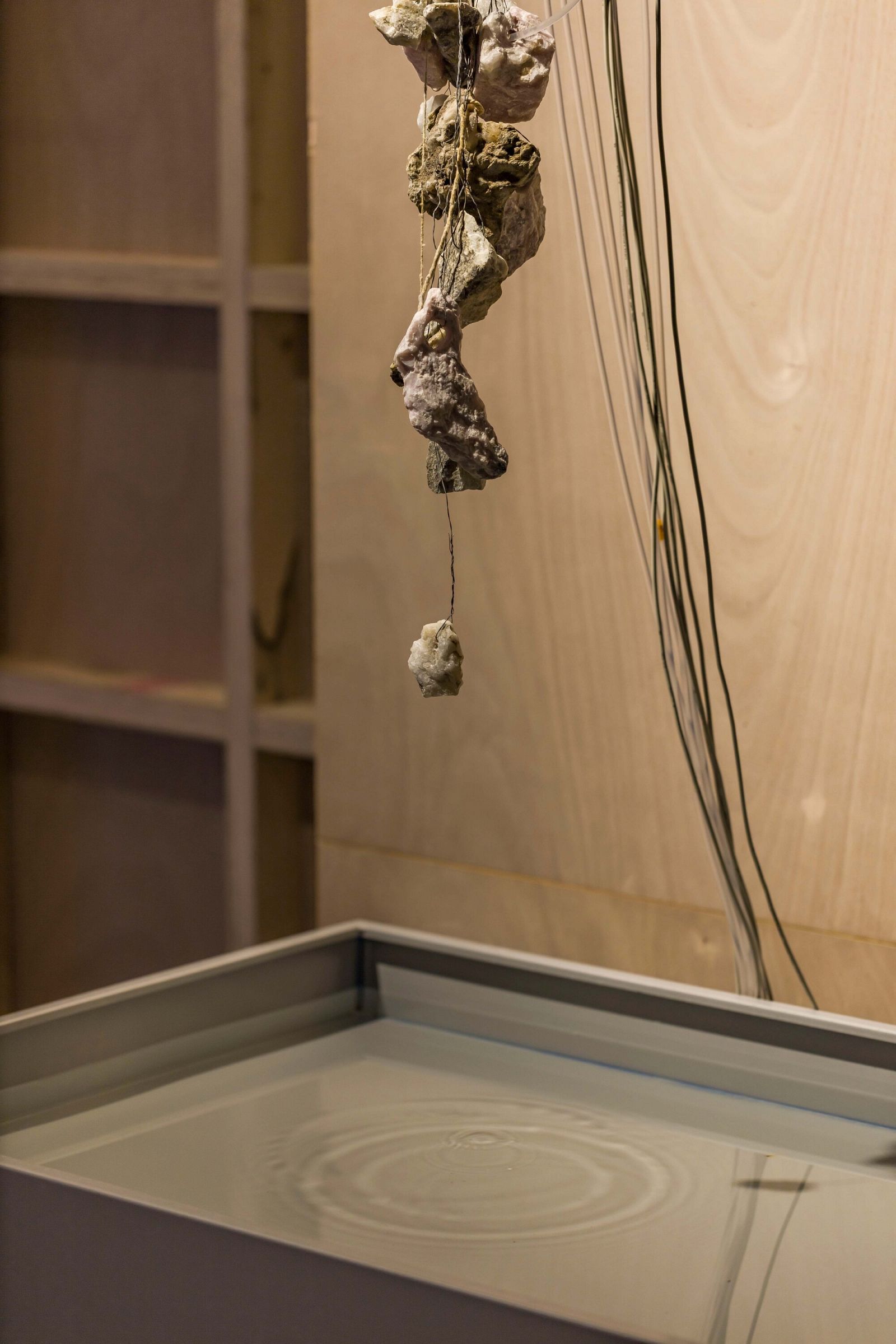
Hanna Ljungh, The Health Spring: DIY Petalite Lithium Generator - Erosion Sculpture, 2022, Petalite, pegmatite, metal containers, plastic bottles, hoses, pumps, dimensions variable. Elemental Constellations, installation view, MACA, 2023. Photo: Yang Hao
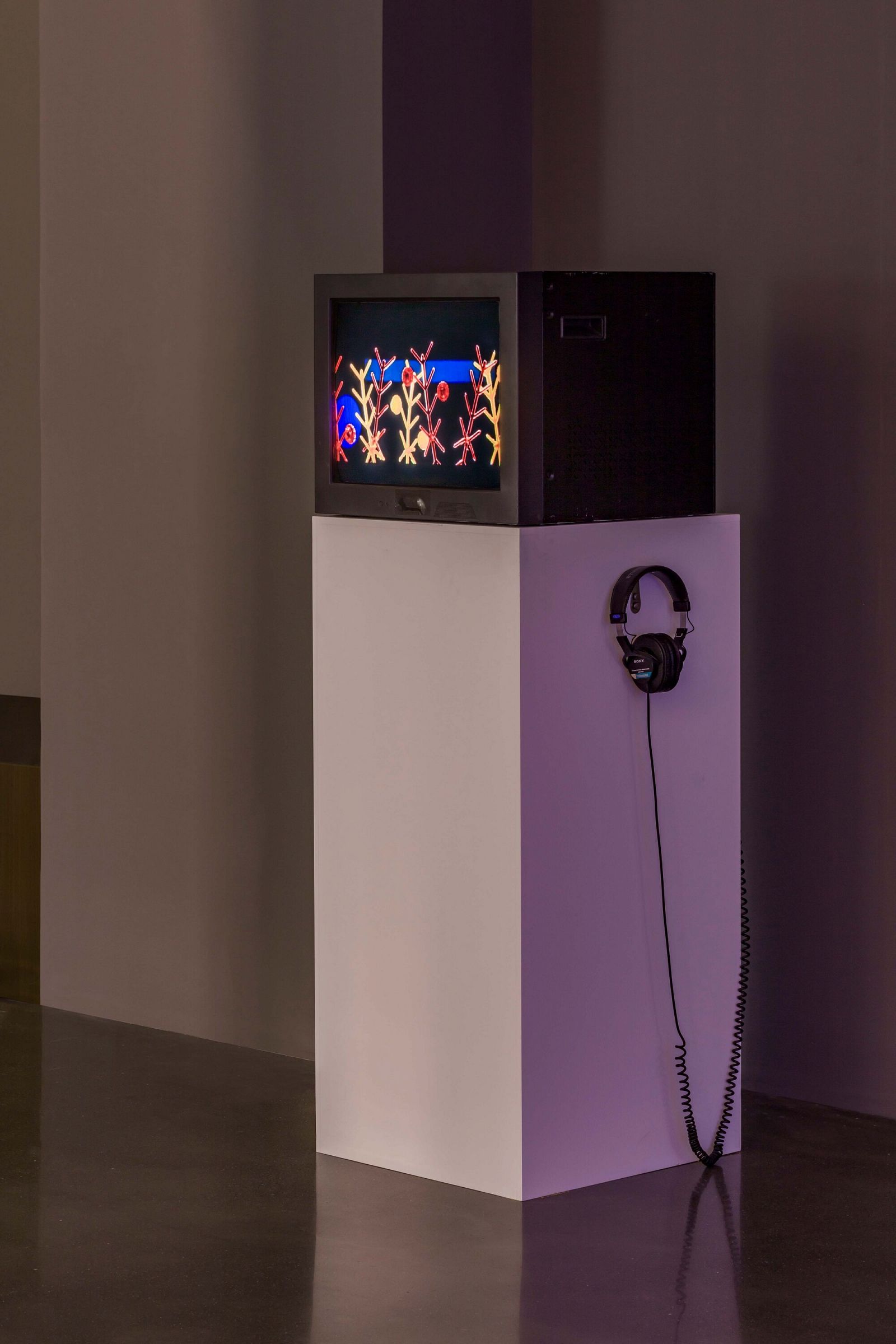
Alain Resnais, The Song of Styrene,1958,single-channel video, sound,13 min 11 sec. Elemental Constellations, installation view, MACA, 2023. Photo: Yang Hao

Guo Cheng, Countdown No.1, 2023, Asphalt, custom flatbed wooden cart, custom circuit, stainless steel cable,dimensions variable. Elemental Constellations, installation view, Macalline Center of Art, 2023. Photo: Yang Hao
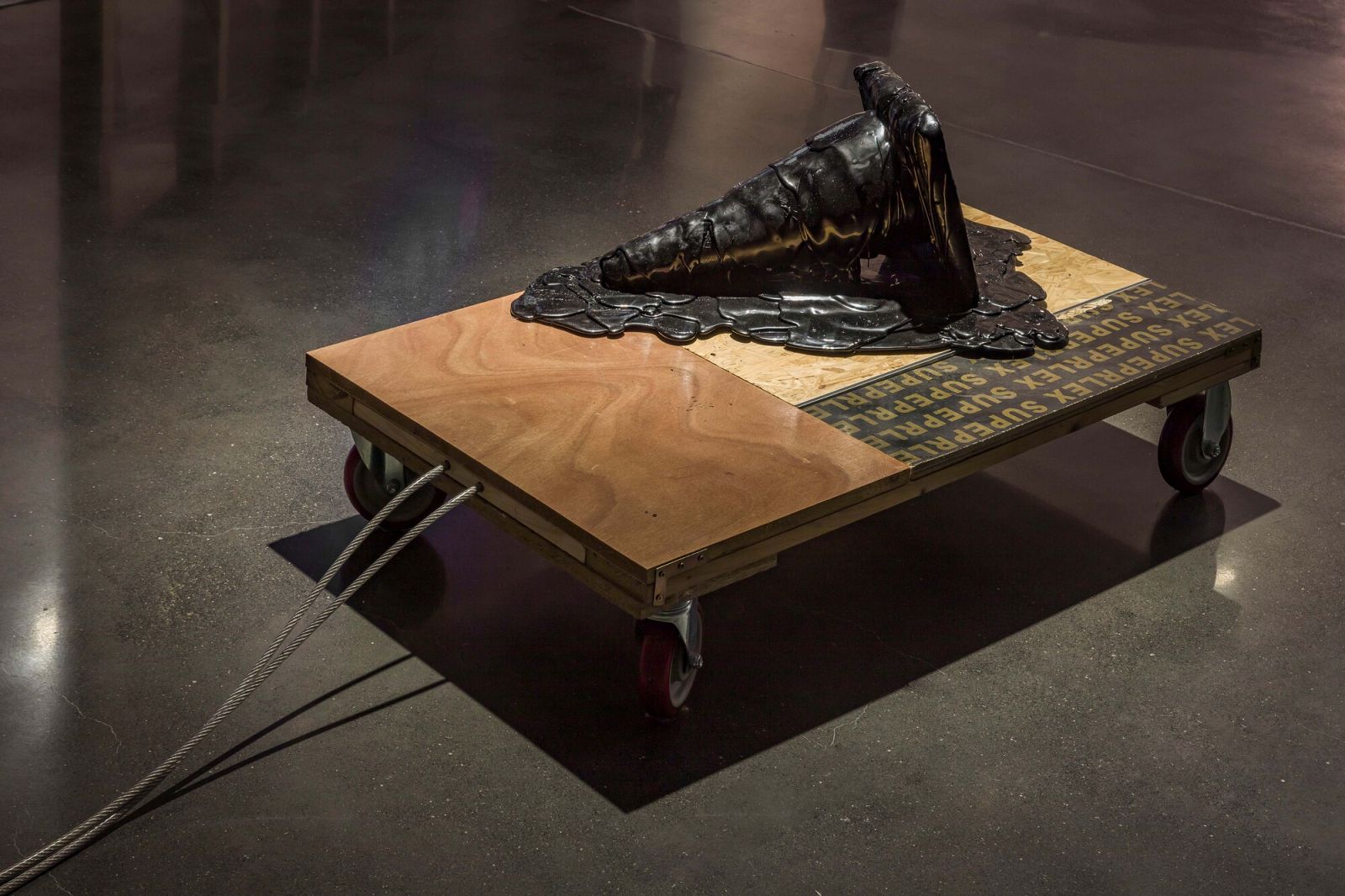
Guo Cheng, Countdown No.1, 2023, Asphalt, custom flatbed wooden cart, custom circuit, stainless steel cable,dimensions variable. Elemental Constellations, installation view, MACA, 2023. Photo: Yang Hao
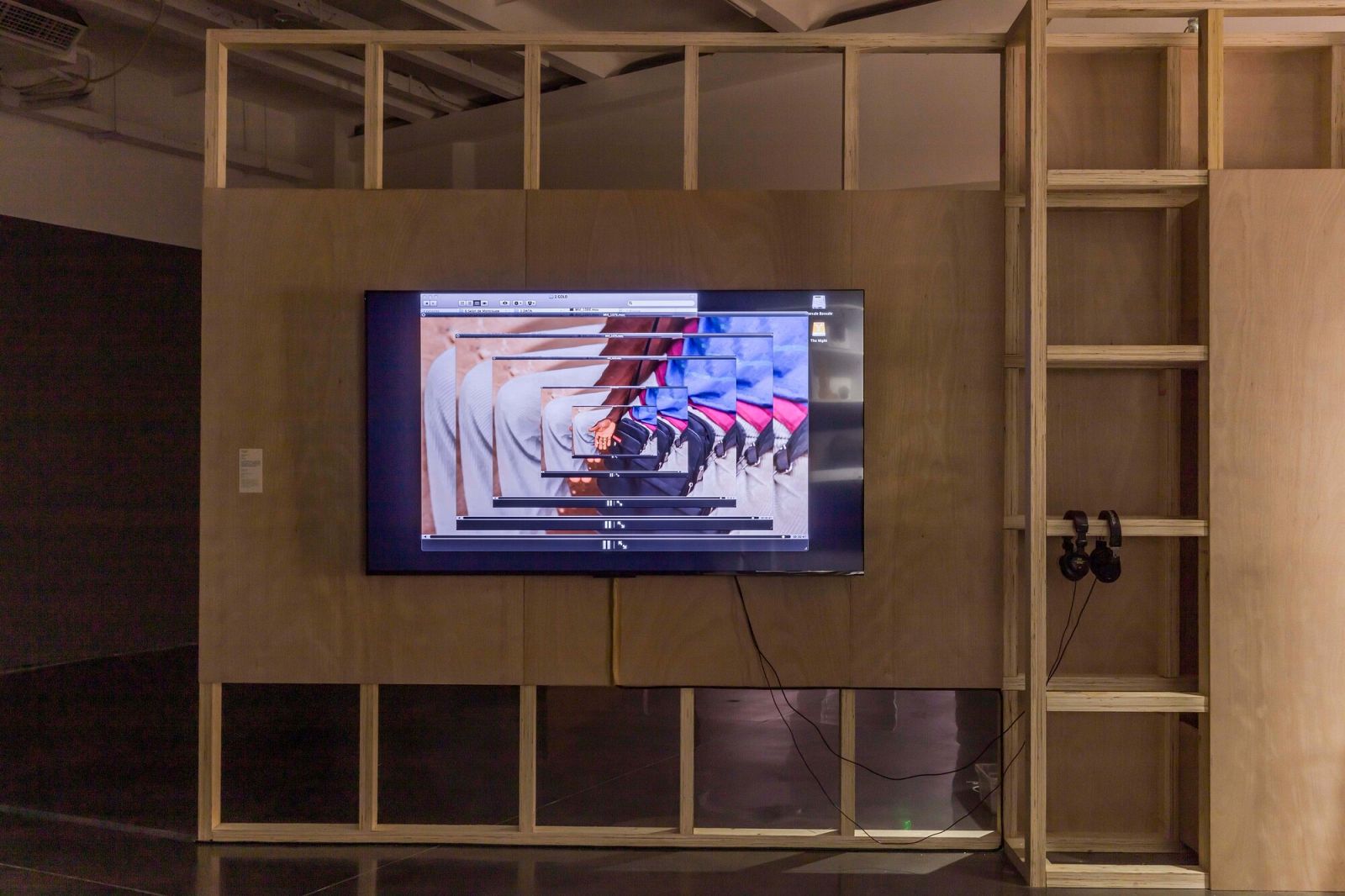
Louis Henderson, All That Is Solid, 2014,single-channel full HD video, sound, 15 min 40 sec. MACA, 2023. Photo: Yang Hao
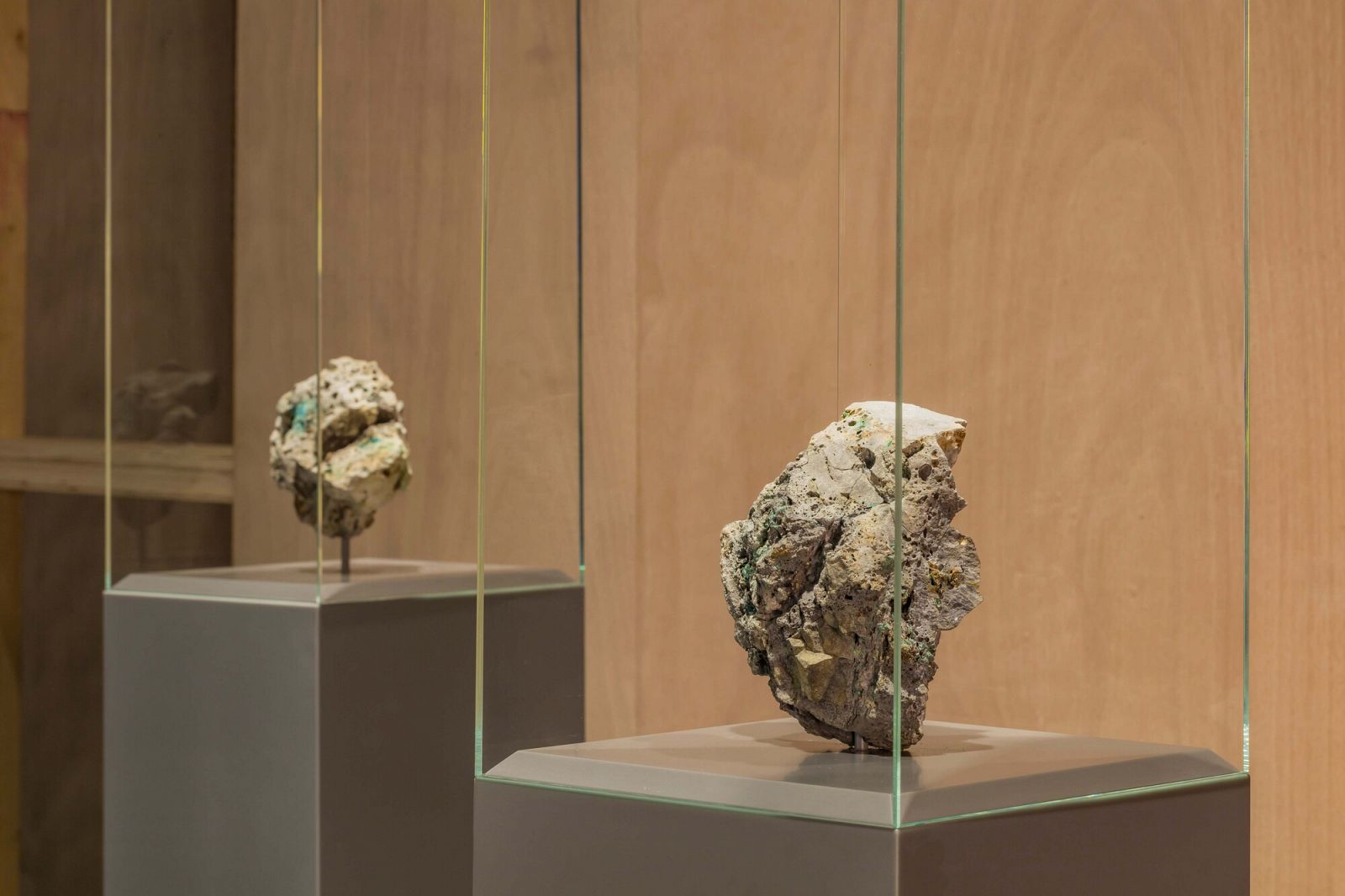
Julian Charrière, Metamorphism, 2016, artificial lava, molten computer waste, corian, steel, white glass, 170×25×25 cm each. Elemental Constellations, installation view, MACA, 2023. Photo: Yang Hao
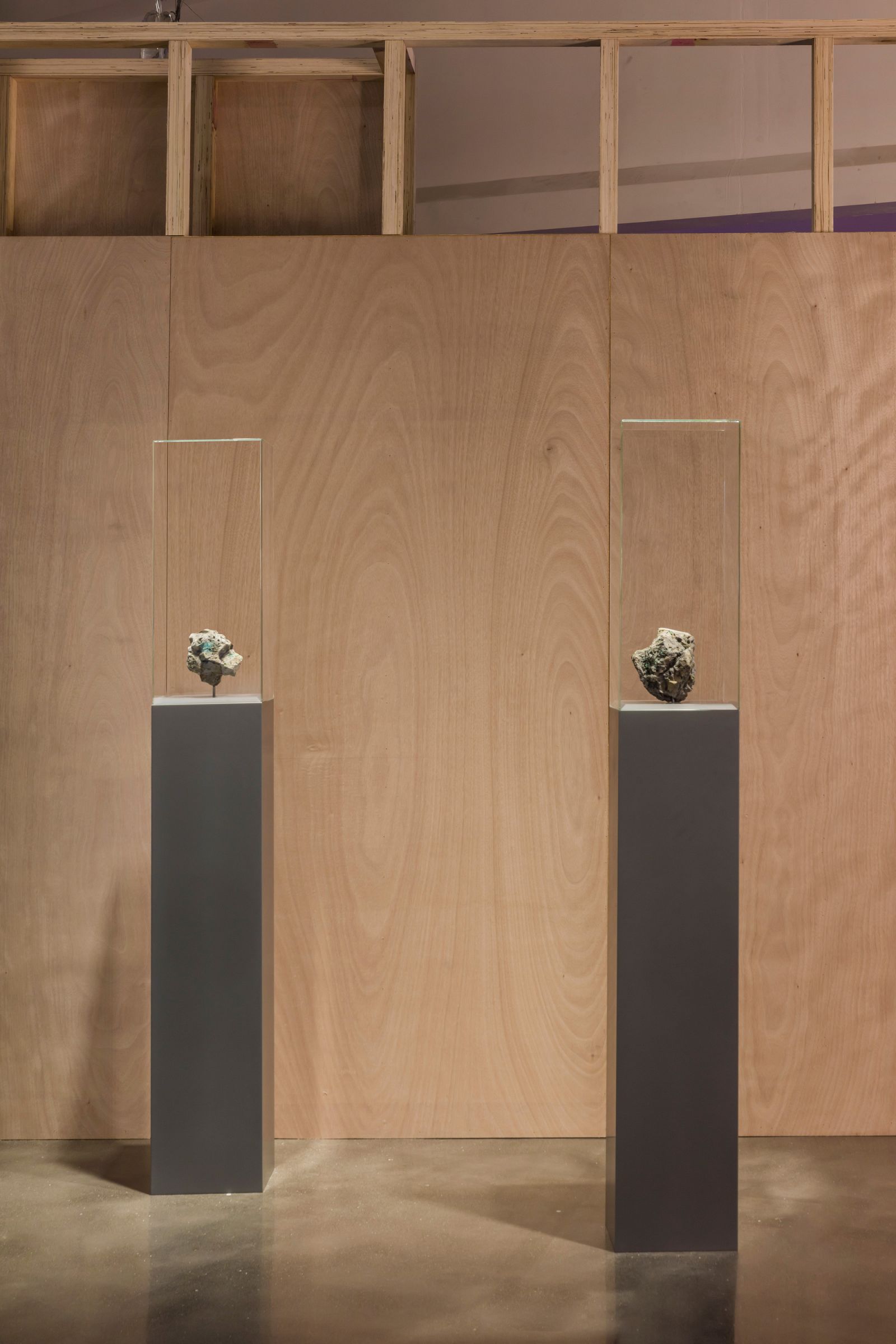
Julian Charrière, Metamorphism, 2016, artificial lava, molten computer waste, corian, steel, white glass, 170×25×25 cm each. Elemental Constellations, installation view, MACA, 2023. Photo: Yang Hao
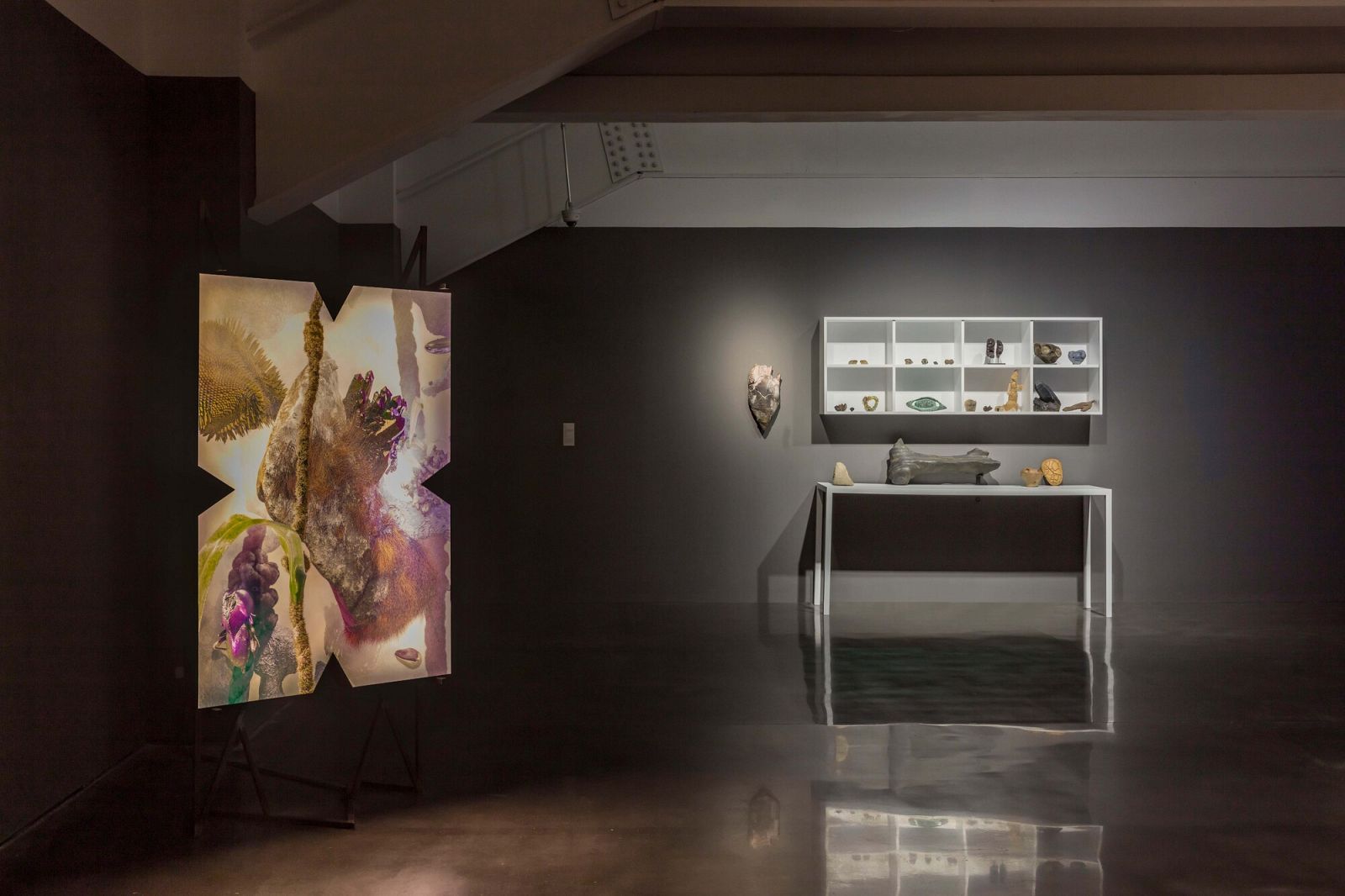
Elemental Constellations, installation view, MACA, 2023. Photo: Yang Hao
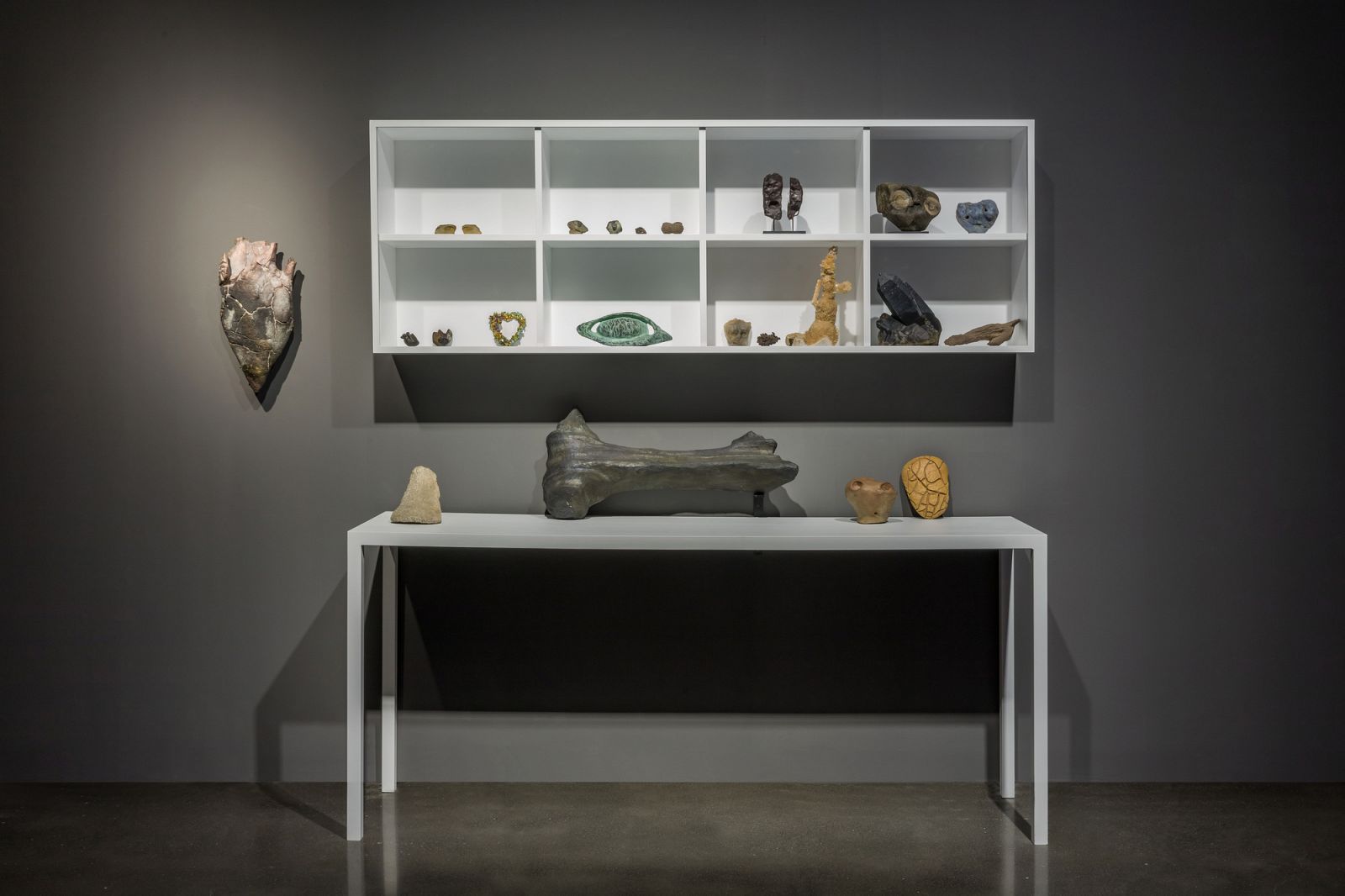
Wang Sishun, Apocalypse, 2016 - ongoing, Sculptural installation, dimensions variable. Elemental Constellations, installation view, MACA, 2023. Photo: Yang Hao
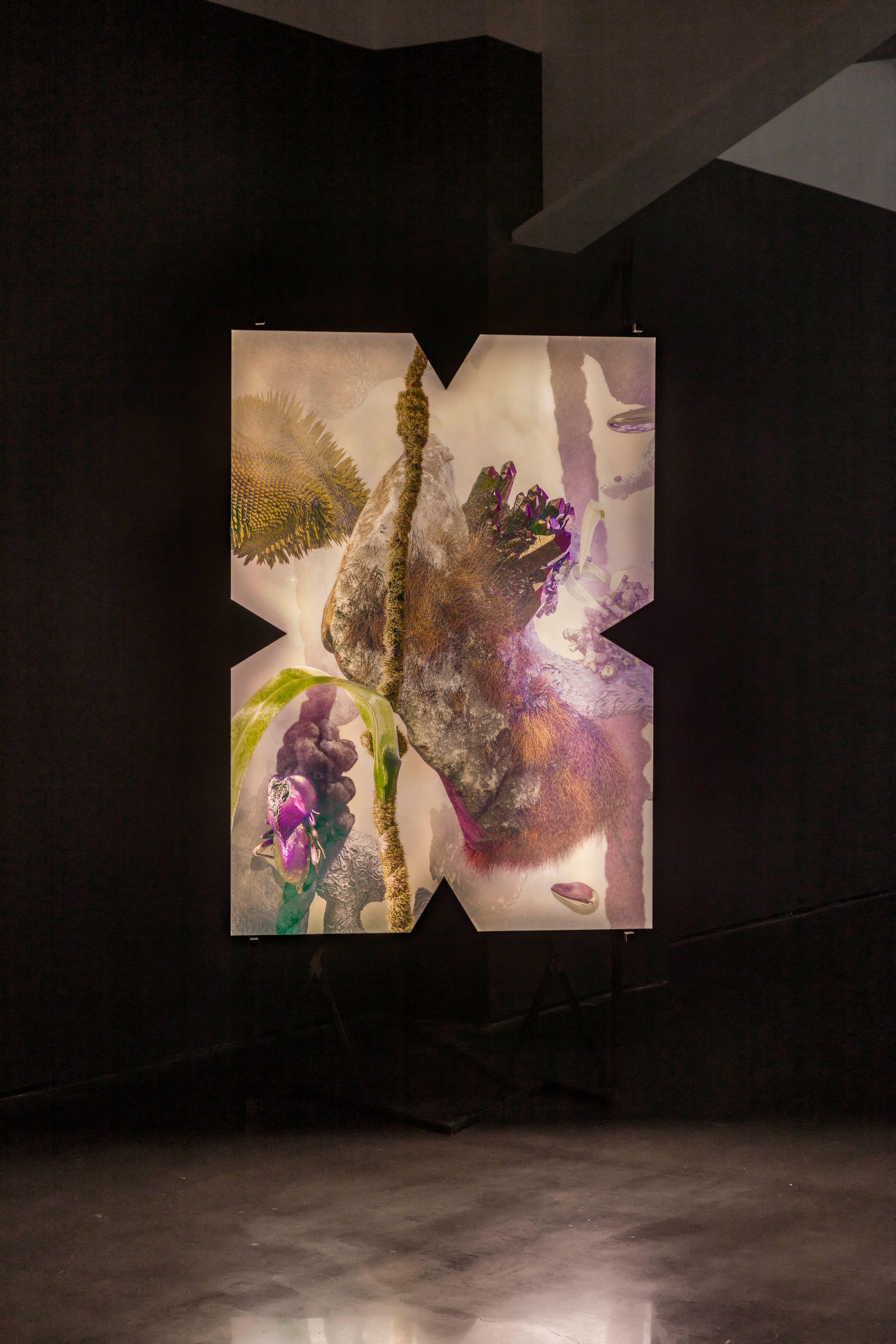
Oscar Santillán, ANTIMUNDO 0A, 2021, Print on plexiglass in lightbox, 100×140×4 cm. Elemental Constellations, installation view, MACA, 2023. Photo: Yang Hao


